PortSide’s impact on PS 676
/some PS 676 students and staff in front of portside newyork’s ship mary a. whalen
2021 update
The Department of Education (DOE) has decided to wind down PS 676 as an elementary school and evolve it into NYC’s first maritime middle school!! It will go into a new building the DOE will construct in Red Hook, opening September 2025. More on that here.
PortSide inspired PS 676 to become maritime themed!
After just seven months of PortSide programs with PS 676 in Red Hook, Brooklyn, this K-5 school has decided to become a maritime STEAM (Science, Technology, Engineering, Art, Math) school—the FIRST public elementary school in Brooklyn with a maritime focus! Below is our story of how this came to be, including a look at the various PortSide programs PS 676 has been exposed to, and how both students and community benefit.
But first, why does PortSide teach using WaterStories?
Our mission is connecting New Yorkers to the benefits of our waterways; and what you get there, from the education point of view, is a complex and changing (and therefore exciting to students) place where nature and the man-made co-exist and collide.
It’s not the same every class. Ships, birds, fish, dramatic weather come and go, all of them teaching moments. Our ship rises and falls – learn about tides! Just being on the waterfront or on a boat inspires feelings of exploration, and that’s what education is all about. The sky is huge, the sea is vast; they help the soul escape urban pressures, and they open the mind.
The water is full of fascinating creatures. STEM topics are all around (boats are a concentration of STEM systems). Our waterfront is a place rich in history about evolution, ships and shipping, industry, immigration, culture. Waves of immigrants and visiting sailors hit these shores; that’s layers and layers of human history on top of the original Native American layer. Hurricane Sandy is a starting point for lessons about shoreline change, climate change, resiliency. Our digital museum Red Hook WaterStories has content about all of that to support lesson plans. We have a compelling asset in our ship MARY A. WHALEN. The ship has a long Red Hook history and all those STEM systems.
The PS 676 students are all students of color, and we make sure to include people who look like them in events, books, images around the boat and via our African American Maritime Heritage program.
Lastly, we use our ship cat Chiclet as an ambassador; go to the bottom to read about that.
PortSide’s commitment to PS 676
PS 676 is a small K-5 school of about 125 students, most of whom live in Red Hook public housing (NYCHA), with a few in shelters.
PortSide began working with PS 676 during fall of 2018, thanks to Councilman Carlos Menchaca who brought us together and provided funding from the Cultural After-School Adventures (CASA) program of the Department of Cultural Affairs (DCLA). Menchaca negotiated a one-year exception from DCLA for PortSide and only PS 676 to use CASA funds for programs outside the school building (CASA funds are normally reserved for in-school-building after-school programs only).
Those were the first months that new Principal Priscilla Figueroa was working to reverse eight troubled years at PS 676—years that made parents pull out their kids and saw enrollment drop by half. During those years at PS 676, we had reached out to the school many times, to non-response. Then, things changed for the better.
Figueroa and her new staff are dynamic and willing to use innovation to turn the school around, and their attitude fostered a creative and exciting partnership from PortSide’s perspective.
In October, we began discussions with school staff to develop programs that speak to the students’ needs, interests and prior experiences good and bad. Programs started in December and evolved rapidly.
In addition to teaching academic content, PortSide focuses on expanding the students’ physical horizons and on affirming and giving voice to students who, in many ways, live in the blind spot of our society. The students loved the experiences (and joy boosts learning), prompting more teachers to reach out and ask to partner - and it gave us great to joy to work with such eager students and committed teachers. When we go to the school, we are rushed by excited students. The youngest hug us. They all ask “when are we going to the boat again?”
At PortSide, we decided that something really special was happening and that this was a meaningful relationship that would connect a core part of our neighborhood to the benefits of the harbor as a place to learn, play and work.
We decided to do programs beyond the scope of the CASA funds to respond to the fast pace of what was evolving within the school and between us and the school, and then seek funding later.
WHAT an impactful seven months of programming it was!
At the end of it, PS 676 decided to become a marine/maritime STEAM school, a focus that is well suited to a school located on a peninsula with multiple maritime facilities and a long heritage as a maritime center.
The first programs below were funded in part by the CASA program: Green Team, STEM Simple Machines, passports, t-shirts, and street banners.
“Green Team” Transportation Advocacy & Travel Experience
riding the ferry to dumbo to go to the brooklyn historical society exhibit about the waterfront.
The Green Team is a select group of nineteen 2nd through 5th graders.
PortSide created an advocacy project to grow awareness of the NYC Ferry in Red Hook which few residents of NYCHA here use. The ferry represents options for commuting, an affordable harbor cruise, and employment, both on the boats and in ship maintenance, especially since homeport #2 could be coming to Atlantic Basin, Red Hook next to us in 2020 (delayed by the pandemic to 2022).
The PortSide ferry project turned students into travelers, into knowledgeable people giving information to grown ups, and citizens whose work is visible on postcards and banners distributed around the neighborhood.
There were challenges. Many parents don’t respond to the school requests for permission slips, so trips are frequently rescheduled. Many students had not been on boats, and sometimes there is fear. We help them through that, for example. One student was frightened on the ferry ride to DUMBO. One of our staff held her hand and listened to her explain her feelings and answered questions (“no, the boat is not sinking”). On the trip back, the same student was thrilled. “This is so fun!” she said as she stood looking at rushing water roaring behind the ferry, water that had terrified her just two hours before.
The ferry ride was educational with discussions during the trip about marine life, ship types, weather, historic buildings, water pollution and more, as was our destination, the Brooklyn Historical Society waterfront exhibit.
The art
Students made art about their experience on the ferries. PortSide put the art on 2,000 outreach postcards, all distributed by students and the school.
Advocacy: survey and post card distribution
PortSide and school staff accompanied the Green Team as they went to multiple sites in Red Hook to ask adults to take a survey and share the postcards. There were times for students to use their Spanish and Chinese language skills which affirms and empowers the English Language Learners (ELLs) and makes the survey more accurately reflect Red Hook. You can see questions in the table below.
Adults were overwhelmingly interested in answering and helping out and about half of them learned about the NYC Ferry in Red Hook from the students.
Eight sites were visited in the first wave (see the map and chart below), and we later visited businesses along Van Brunt Street, the gentrifying part of Red Hook, as well.

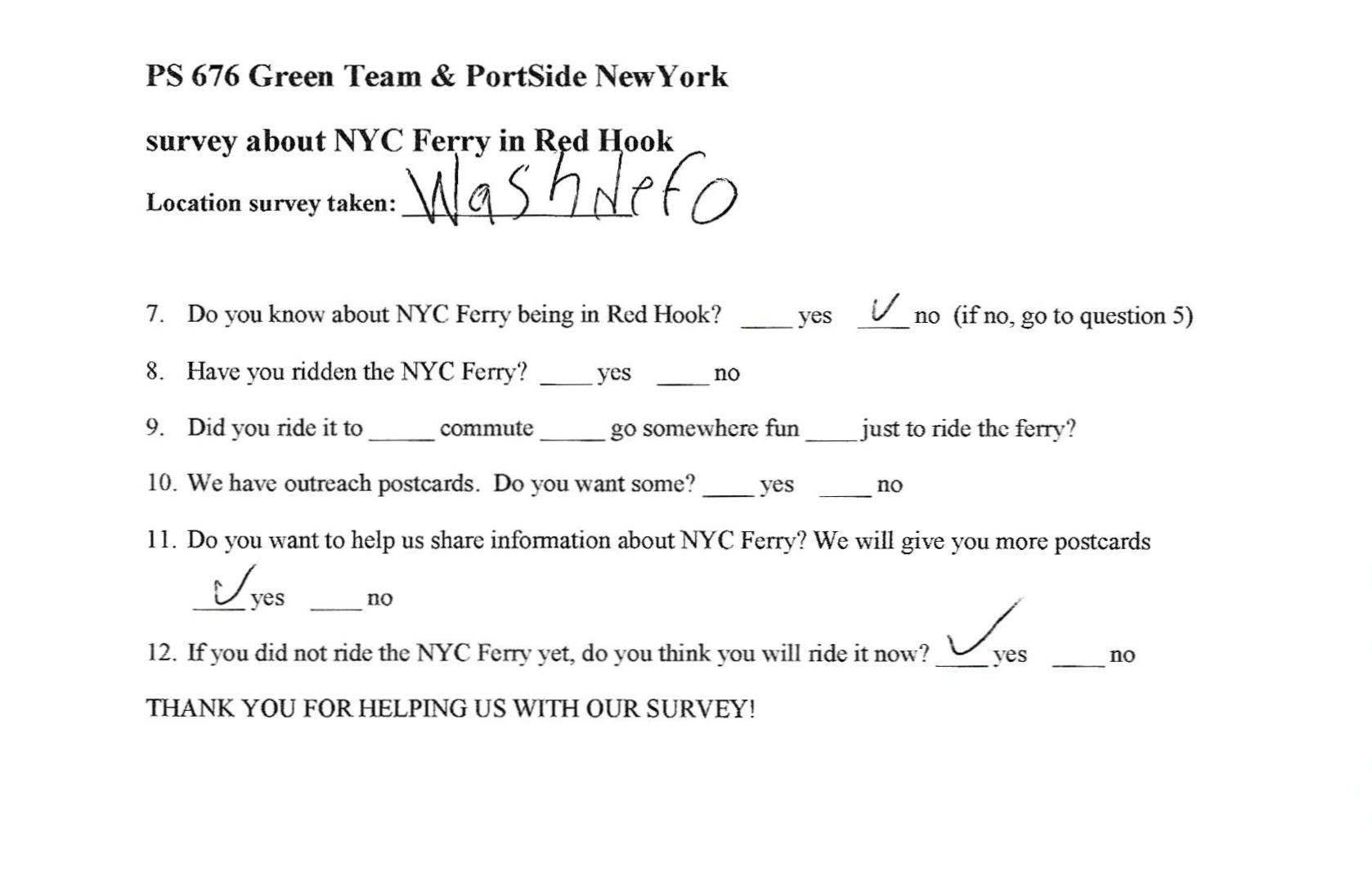

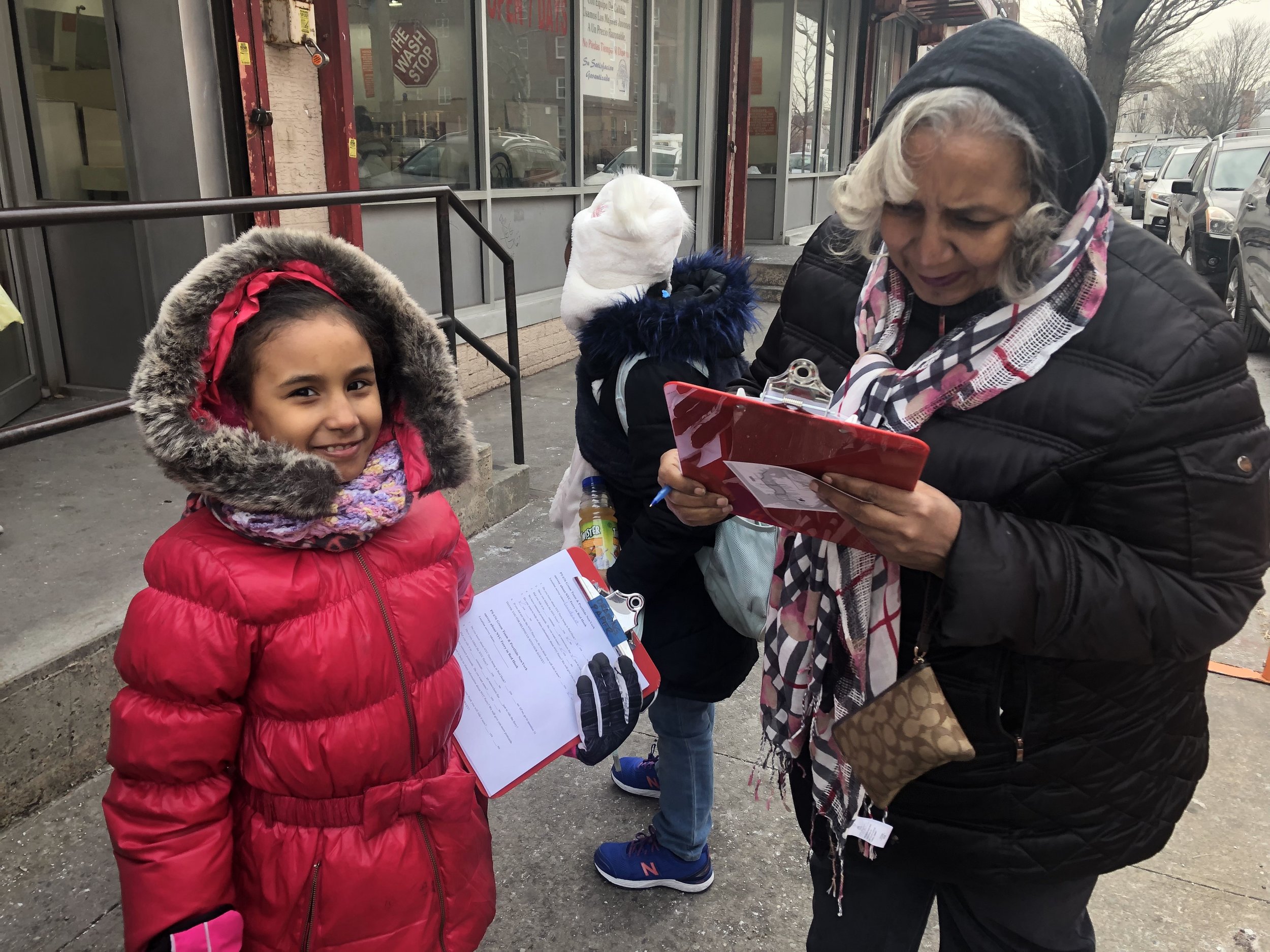
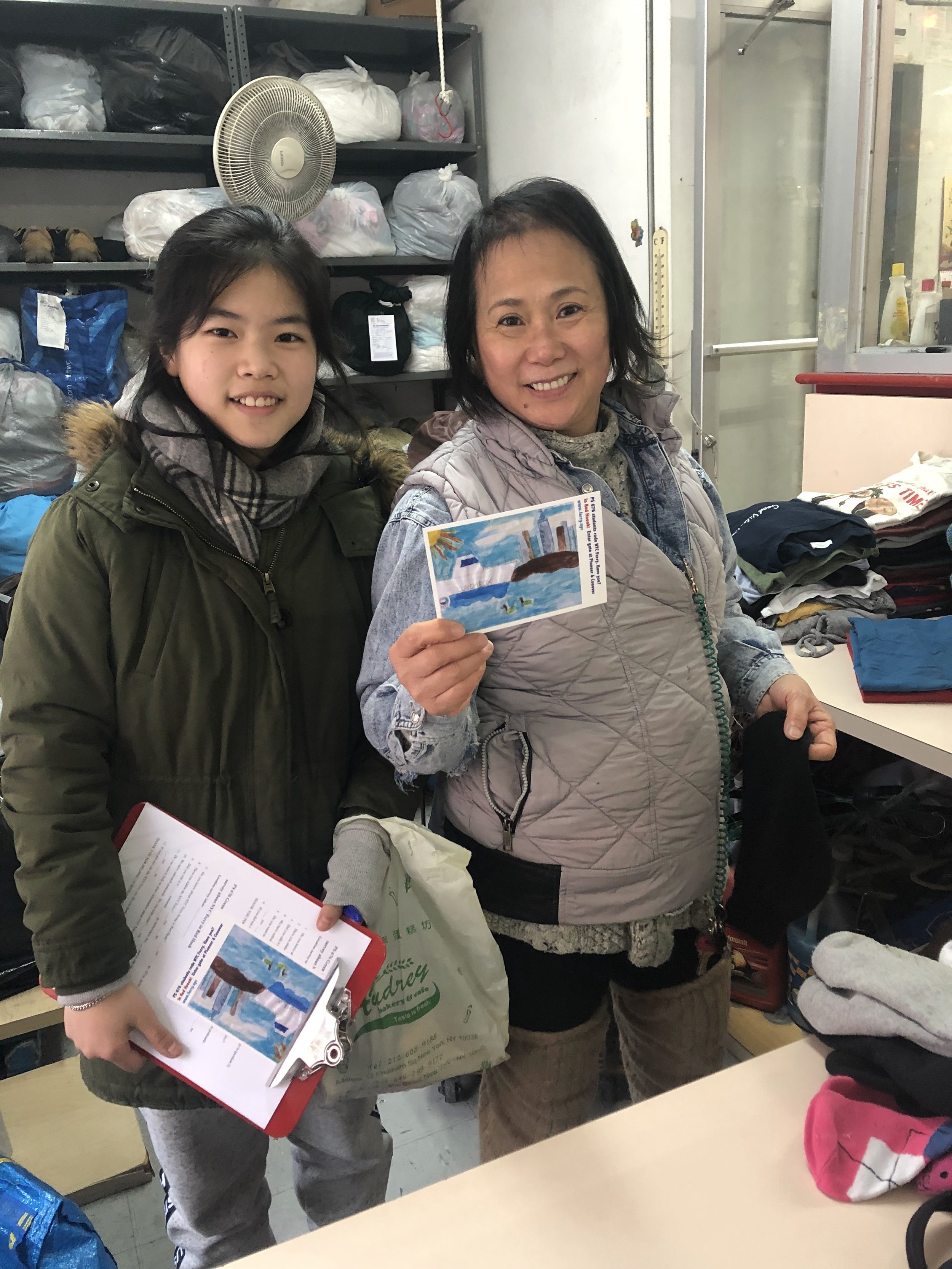
The outreach
Twenty-two surveys were completed at 8 places, in 3 languages: 4 Spanish, 2 Chinese and 16 English
Positive impacts on the students
The outreach exercise rapidly boosted the students’ social and presentation skills. They went from being super shy about talking to people at the first stop (Hicks Laundry near their school) to enthusiastically taking the initiative at the third stop (the Wash Depot).
Their confidence increased so much that the students were very comfortable presenting during the next installment – bringing their advocacy to government – when they presented to the President of the NYC EDC and staff in a room with a VERY imposing conference table. Thank you EDC for that appointment!
Positive impacts on the neighborhood
Banners around Red Hook grow awareness of the ferry AND student pride in themselves and the school. Banners show that things are changing at PS 676 which helps improve perceptions of the school.
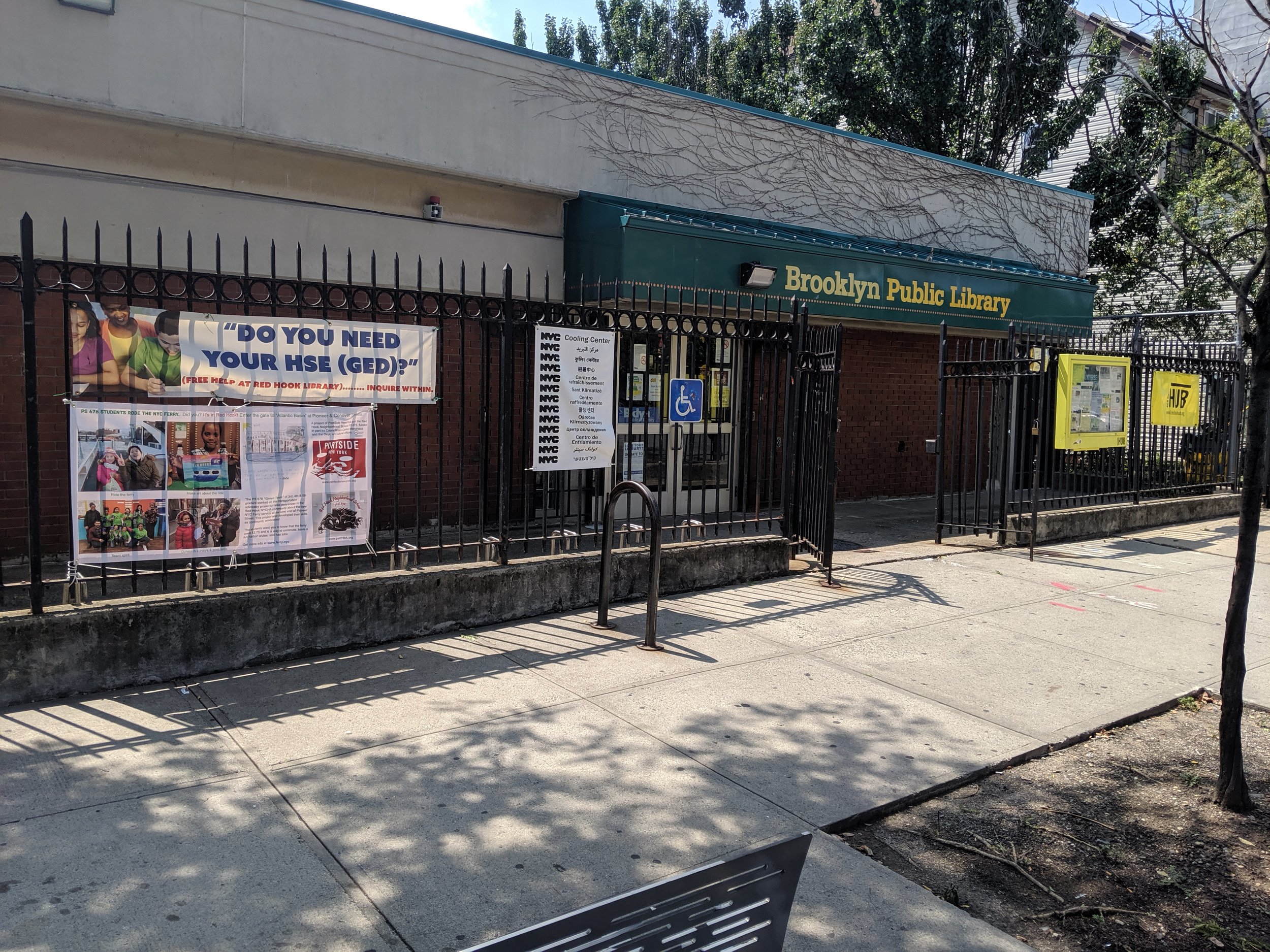
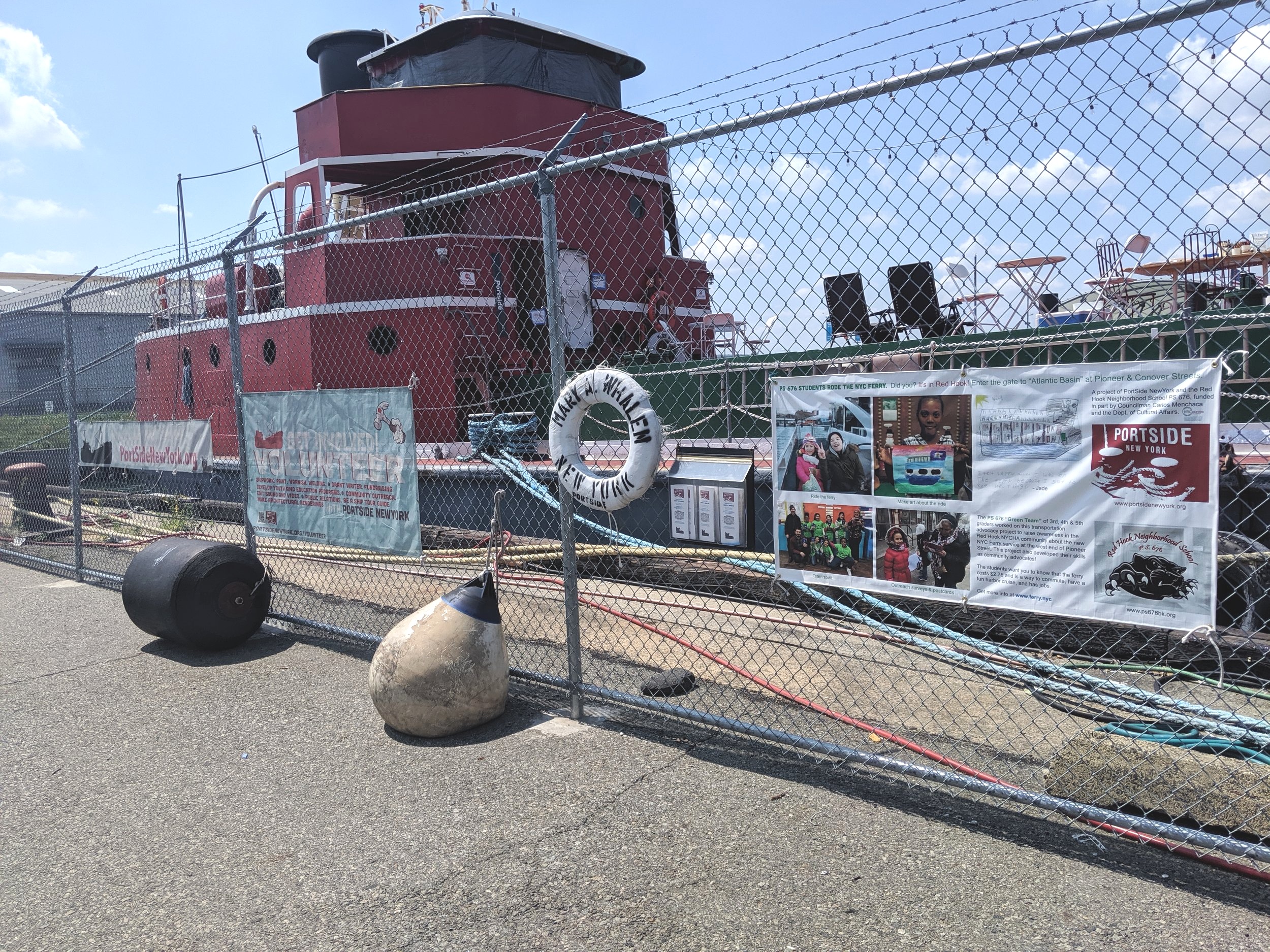
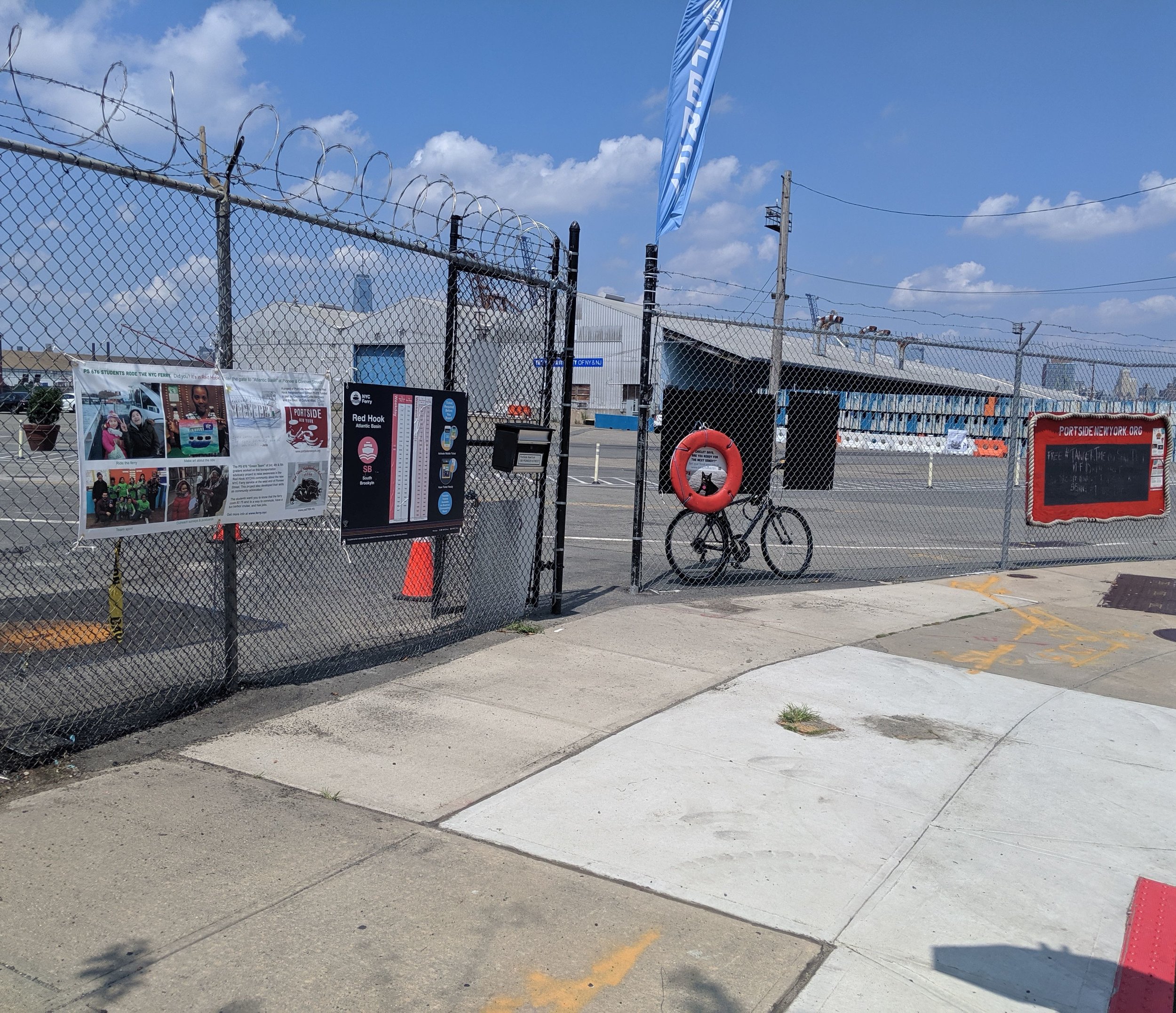
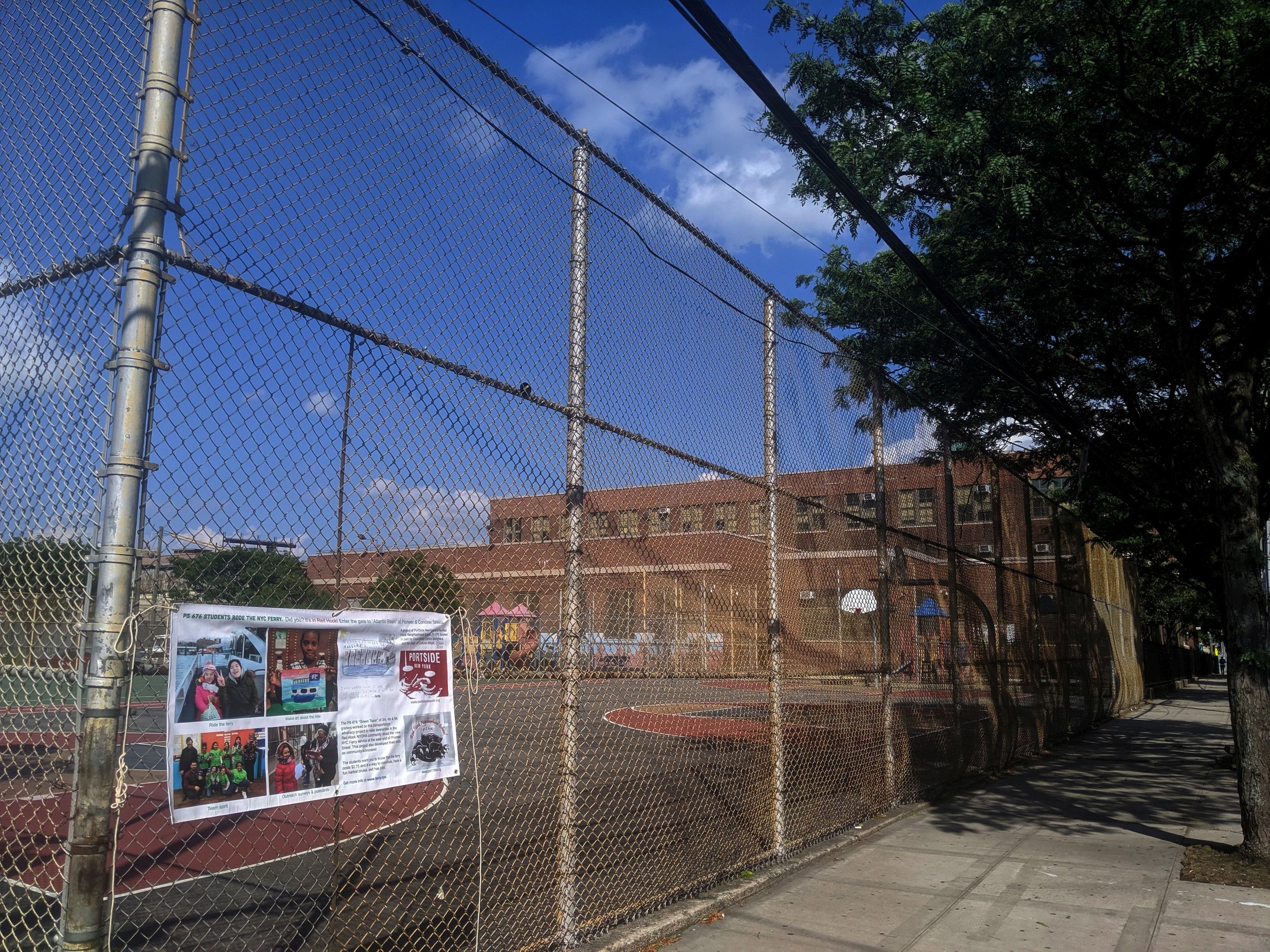
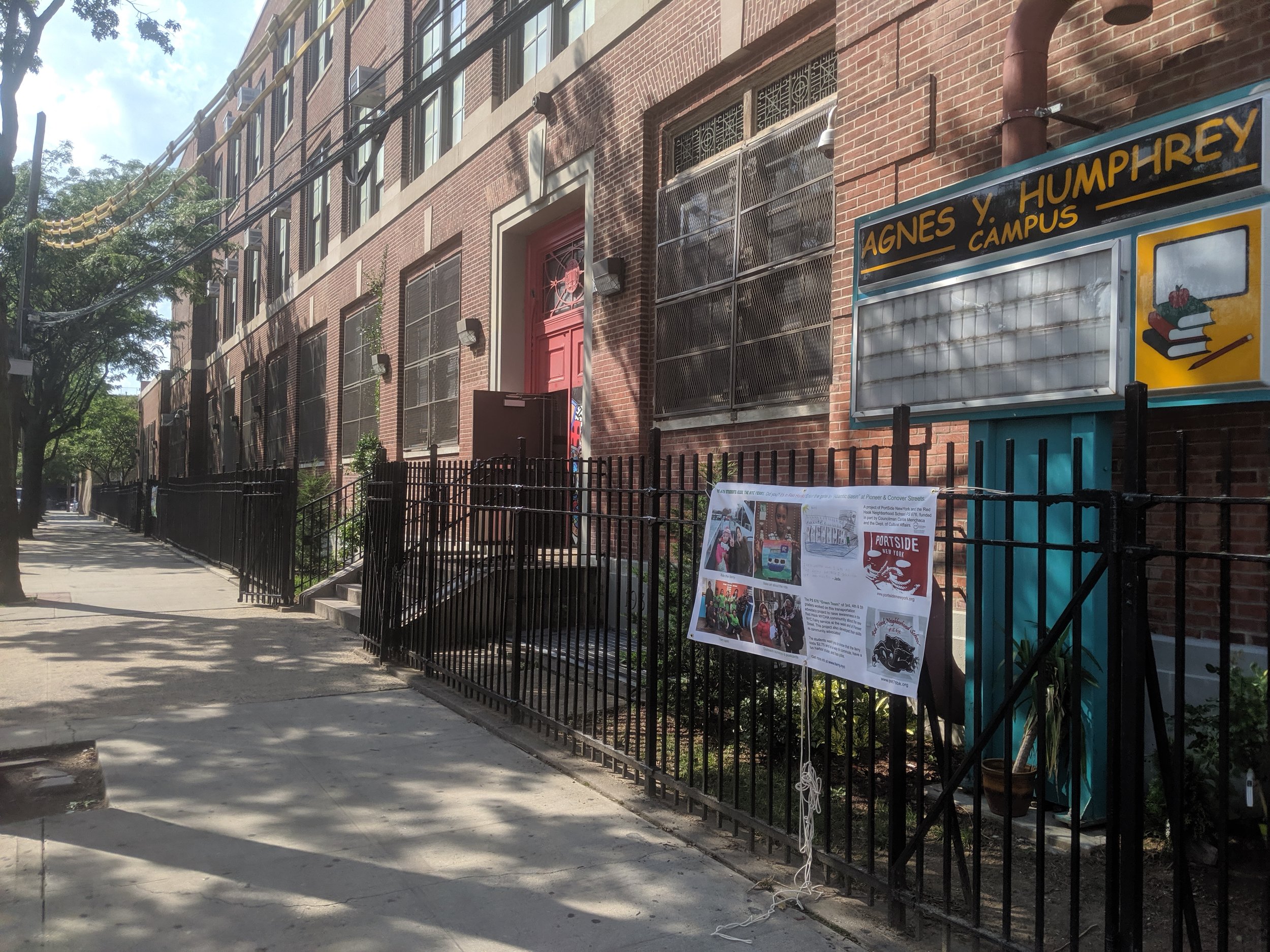
Programs below done without CASA funding
STEM: Simple Machines Expo
Principal Figueroa asked if PortSide could contribute somehow to a monthly “Family Night.” We decided that our Simple Machine expo would be a way to bring our ship to the school, and it was a huge hit with students, staff and parents. Every grade came through in shifts during two hours of after-school programming, and then students and family members visited during the two hours of “Family Night.”
PortSide has a training program with District Council 9. We work with several of their locals, and Local 806 (Bridge Painters) trains on the ship. Four of their union members volunteered at this event bringing real-world role models to the experience. We also hired maritime impresario Frank Hanavan to help run this.
The student in the video below is now fascinated with this bosun’s chair - he brings it up every time we see him - and he wants to use a bosun’s chair on our ship. Frank Hanavan did a great job explaining the uses of this rigging.
Rigging is still predominantly men’s work, so it was really great to see how much the girls felt comfortable with and excited by this opportunity to use tools and move heavy things.
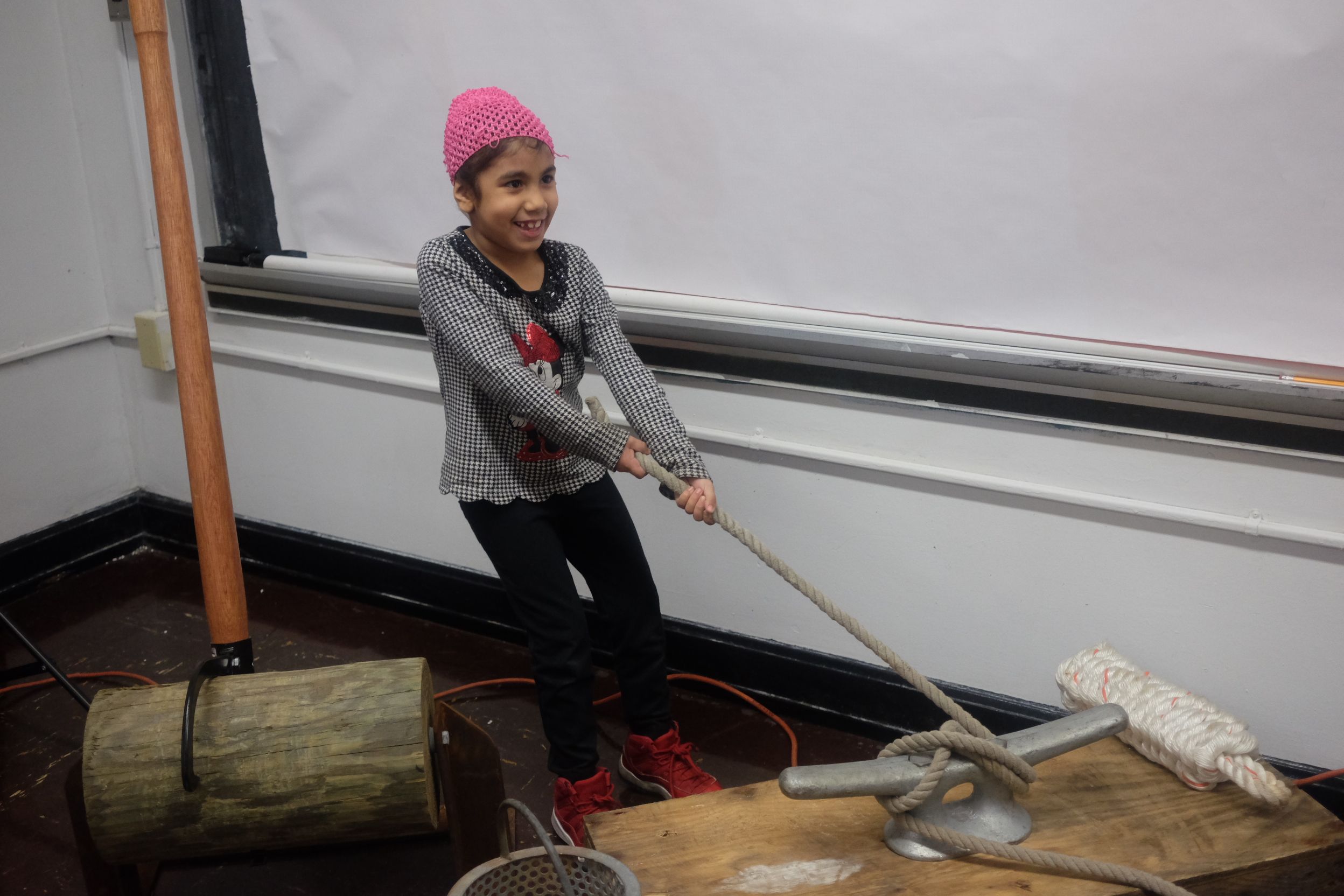
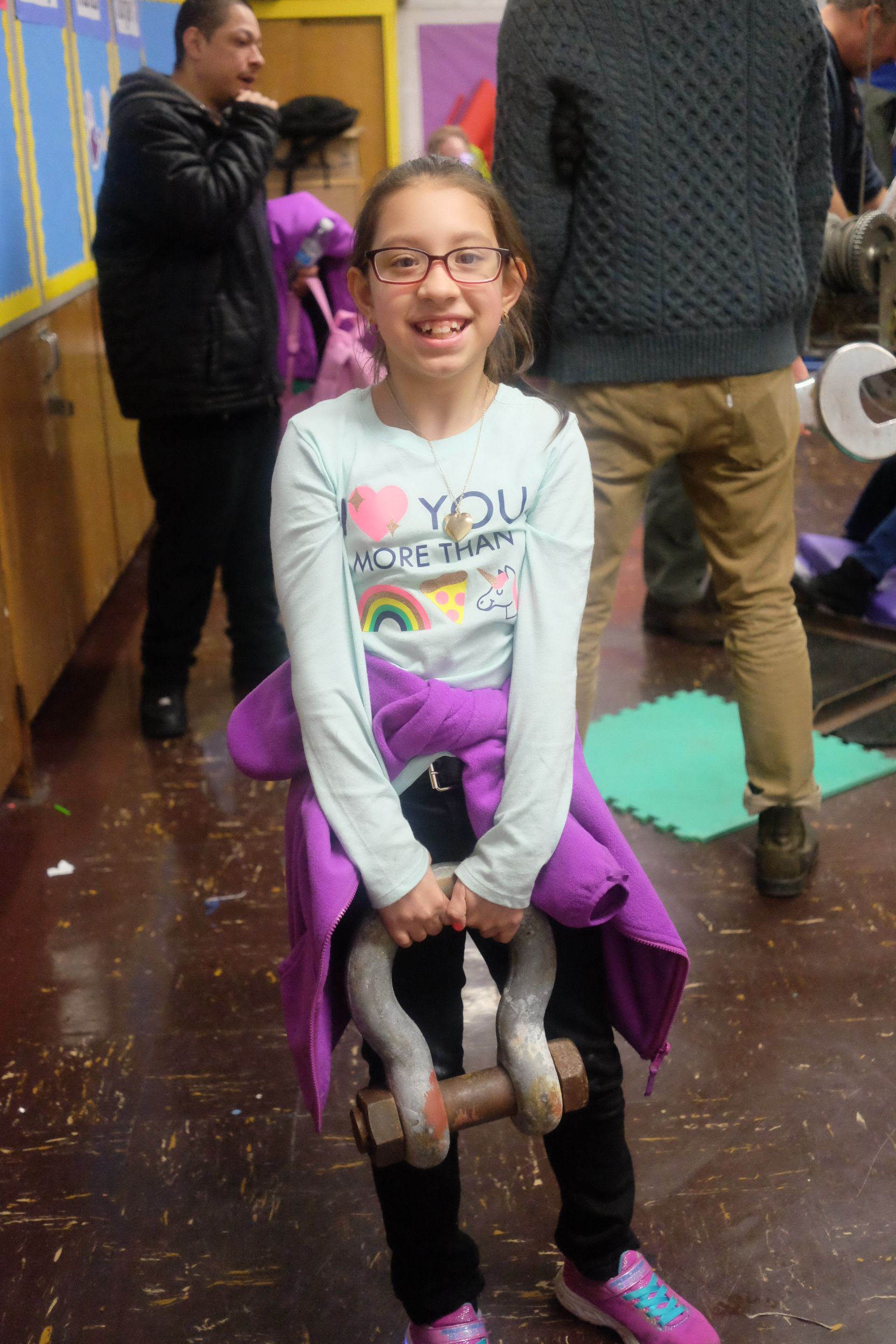

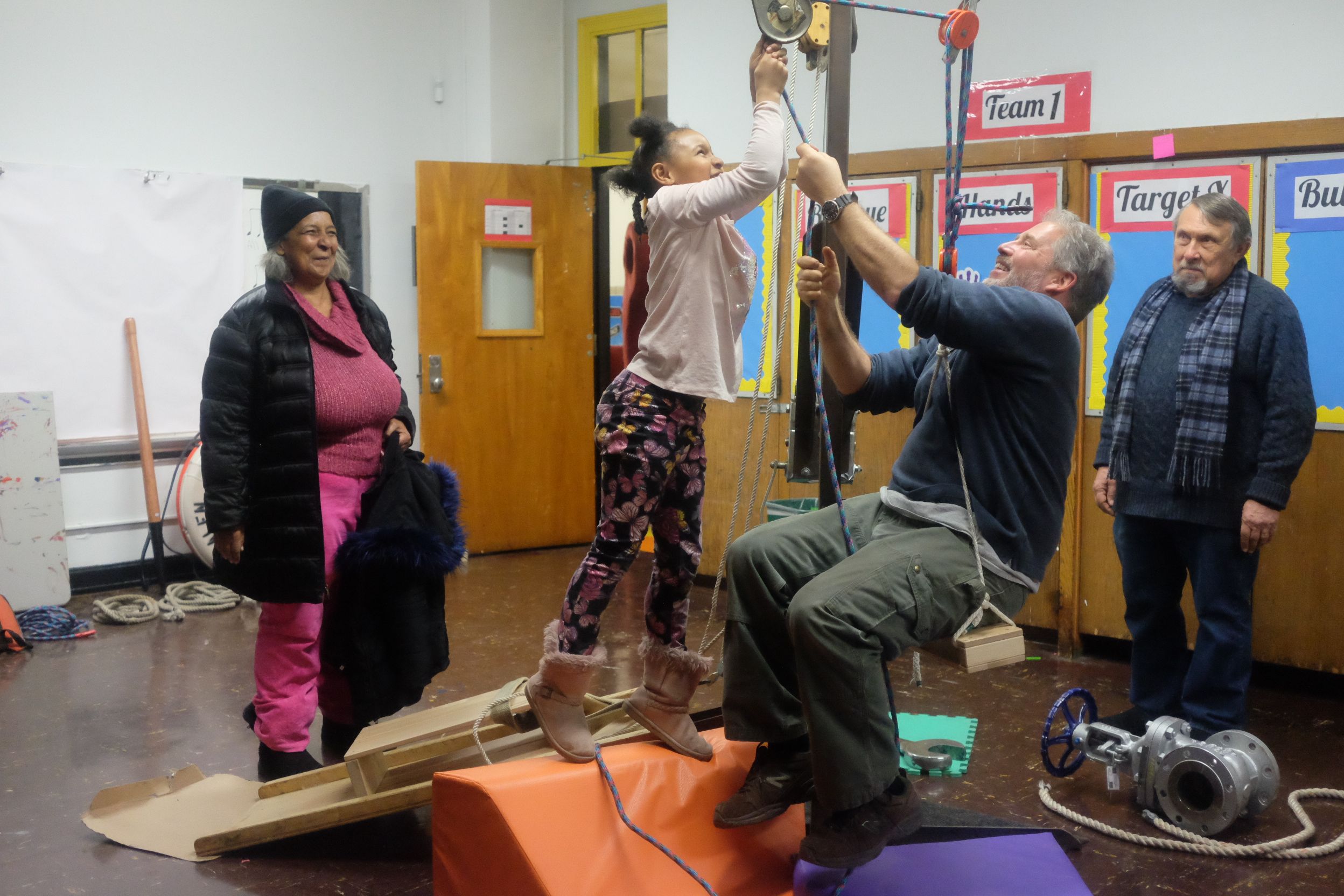
Growing school pride: t-shirts & passports
To build team identity and pride in a school that is on the rebound, PortSide designed and produced Green Team t-shirts.
All 125 students in the school were given a PortSide “Passport to the waterfront” to heighten awareness of a larger world, make them think of themselves as travelers, memorialize their travel experiences, and give them a credential they are proud of.
Passport stamping time is super popular.
The passport stamp that represents meeting our ship cat Chiclet is a hit!
1st Grade Reading
PS 676 1st grade reading class, an intiative of their teacher Ms. Rogers, came to our ship MARY A. WHALEN just about every other Friday to read WaterStories and have waterfront experiences that bring the books to life. The students usually make art inspired by themes in the book that was just read.
We make special efforts to affirm and welcome these students, (something everyone needs and underprivileged children need even more), such as a special greeting on our chalkboard for every class, and meeting them there and walking in with them.
We used the bunk beds in our Tankerman’s cabin as an icebreaker the first time the 1st grade visited - bunks are a familiar thing in the unfamiliar world of a ship. We then responded to the students’ joy: a short, free romp on the bunks with the toy marine animals is now the fun start to every visit.
Feeling at home
The kids are so happy to be here. By the second visit, students yelled as they arrived “there’s our ship!” feeling it was already theirs, and “I see the ocean!” “I see a duck!" They jump into everything eagerly. One time we asked for their help taking out the floor mats that we sit on during reading session. They now race to pull them out all by themselves. They are always asking to help “can I do that? can I do that?” They are bursting with happy curiosity when they are here.
We connect the real world to what is in the books by showing them ducks, geese, seagulls, ships, explaining tides, and more. They love using the binoculars and feeding the seagulls and Canada geese.
These students live just blocks from the waterfront, but most of them have not been coming to it, so waterbirds and shellfish are new (and exciting) things; so are the ships that come and go next to PortSide (containerships, cruise ships, ferries and the other boats on our pier). We show them street litter floating next to our ship and explain how it got there (and not to litter). Those are all rich teaching opportunities.
We also introduce them to aspects of the Brooklyn Cruise Terminal (meet the sniffer dogs and learn what they do, interview some departing passengers).
Our plan was to have the class create a collaborative book as end-of-semester project, and get that printed in Red Hook, take the students on a field trip to NY Printing to get their books, see the collection of printing machines there (in effect a museum), visit the historic warehouse where this is located, meet a woman business owner and hear her hurricane Sandy story.
Putting early readers who are still struggling to read in the position of becoming authors empowers them and makes them feel literacy is an attainable skill. Plus, the project gives them voice and book they can read over the summer.
Oysters Plus Curriculum
Late in the semester, Principal Figueroa proposed that the 1st grade learn about oysters, the marine environment and life cycles, so we created our “Oysters Plus” curriculum. We worked in tandem with Ms. Rogers, the 1st grade teacher, who simultaneously was asked to develop projects in the classroom for IPW (integrated project week). The net effect of both efforts was to introduce students to the harbor as an environmental asset – and start preparing them for the 4th grade science test that is pivotal in their educational assessment.
PortSide developed the custom “Oysters Plus” curriculum since the local standard, the Billion Oyster Project (BOP), is targeted to grades 5 and above, and because these students start with limited experience of their local waterfront, nature and science topics.
We introduced students to the environmental evolution of this area from marsh to industrial center, the related evolution of pollution and environmental decay, and the Superfund clean-up of the Gowanus Canal next to Red Hook, incorporating advocacy projects about littering and sewage discharge.
Profuse thanks to the Red Hook businesses who provided resources for this project from being a field trip location to donating oversize paper and lending a shucking knife: NY Printing, Kevin’s Restaurant, Red Hook Lobster Pound!
We created a scavenger hunt about finding oyster shells stuck to a planter outside Kevin’s restaurant (an opportunity to teach how massive consumption of oysters by people was a big factor in destroying the oyster population in NYC’s harbor) and a visit to Red Hook Lobster Pound to see live lobsters.
Students painted two large “stop waterfront pollution banners” that were hung in the school entry hall.
We adapted our original plan of a collaborative student book to the oyster theme and wrote a story about two Red Hook oysters in the 1st grade, Jose and Taneesha, whose summer adventure is to clean the Gowanus Canal. We read it during several classes, and the students made the illustrations. Their final day was a field trip to NY Printing on Van Brunt Street to receive bound copies of that story.
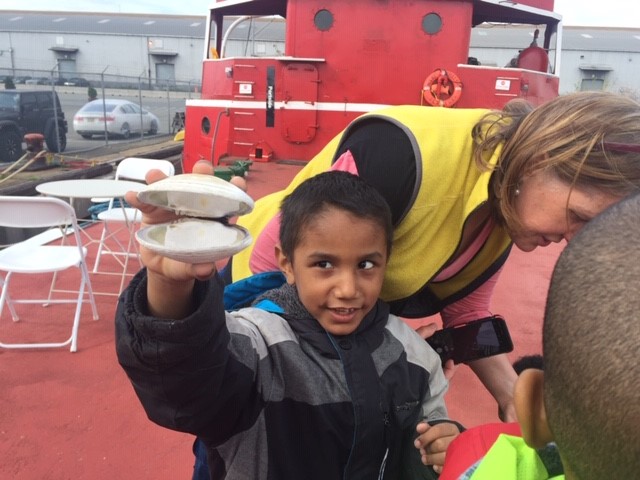
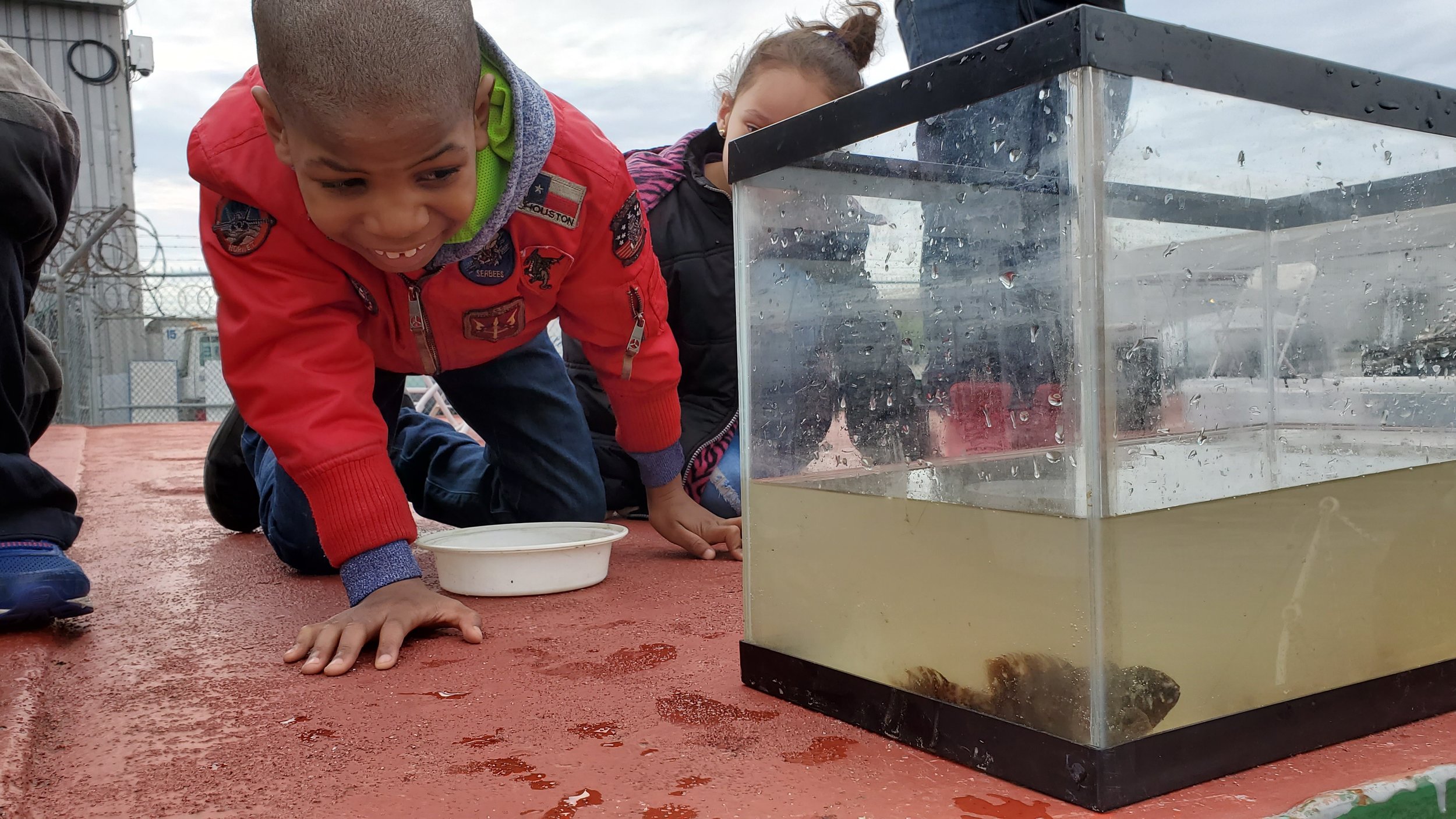
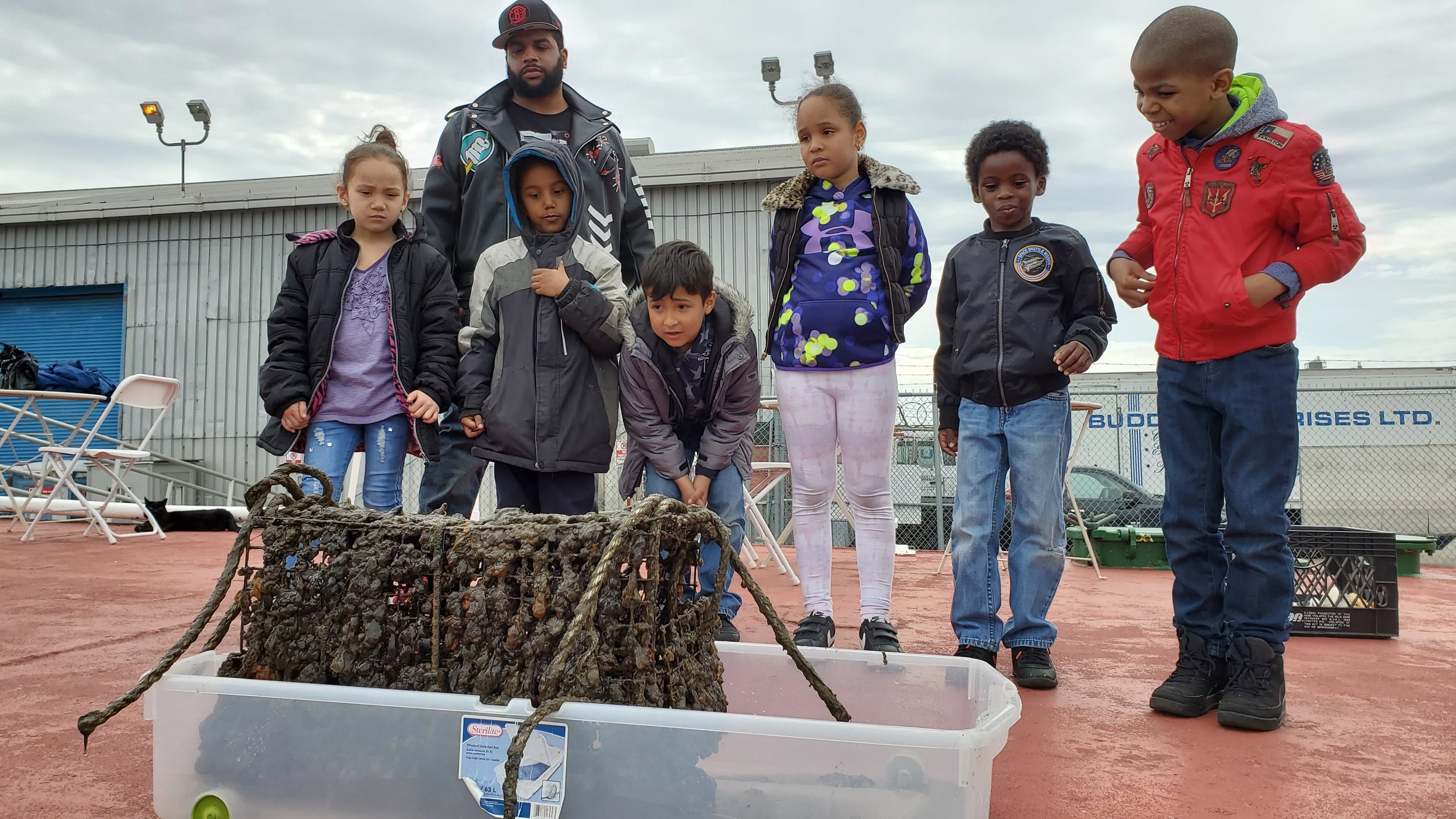
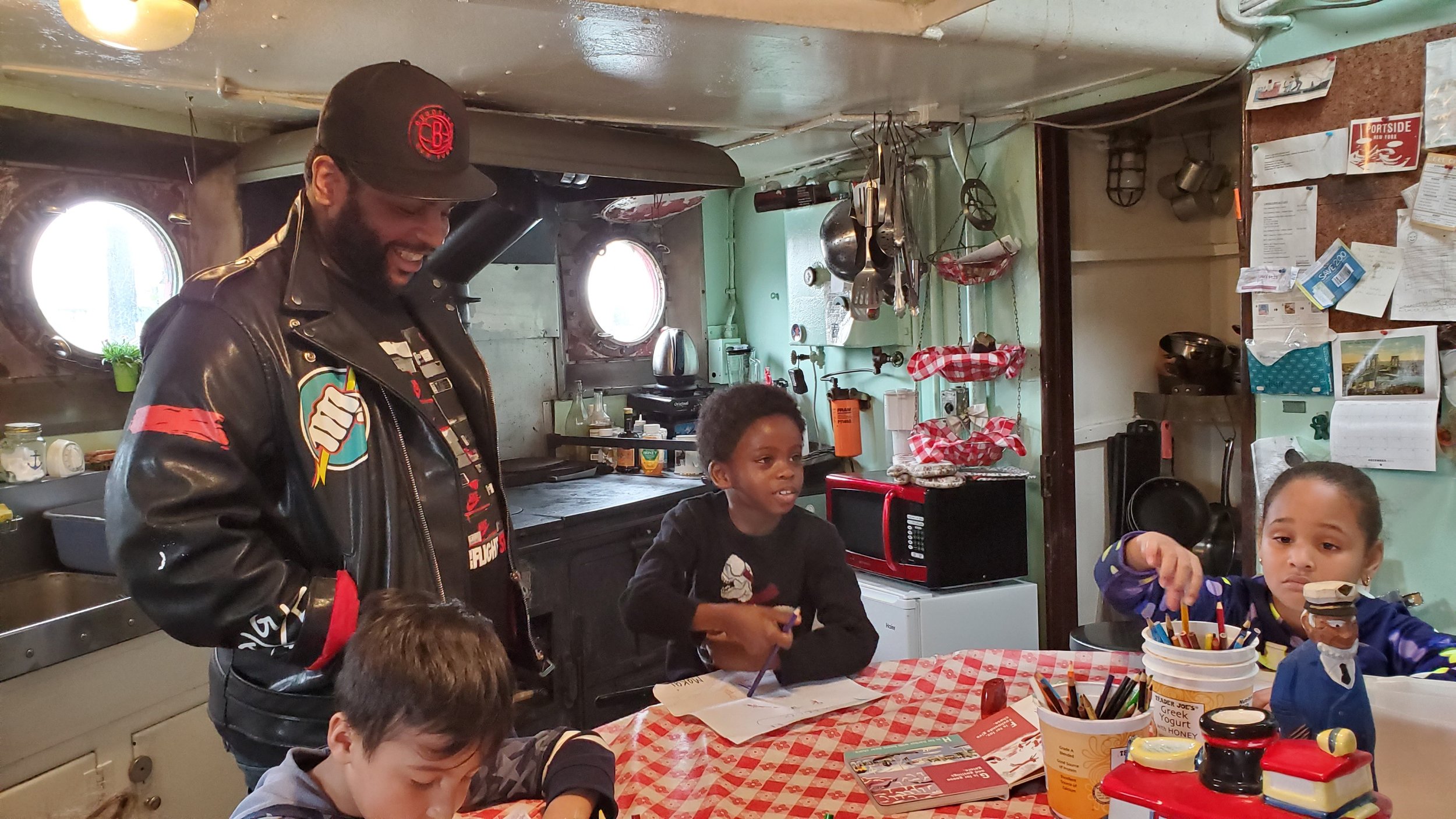
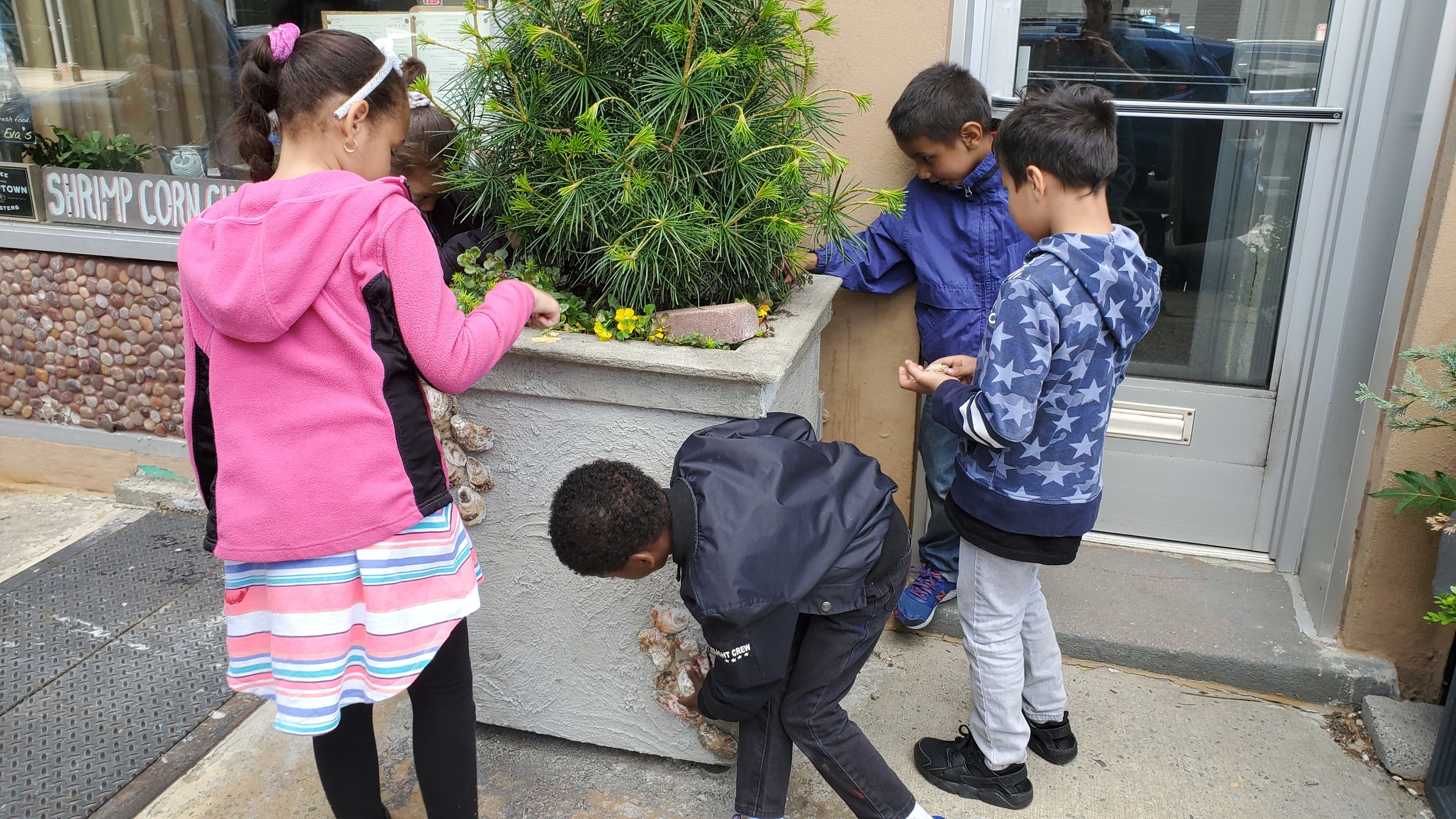
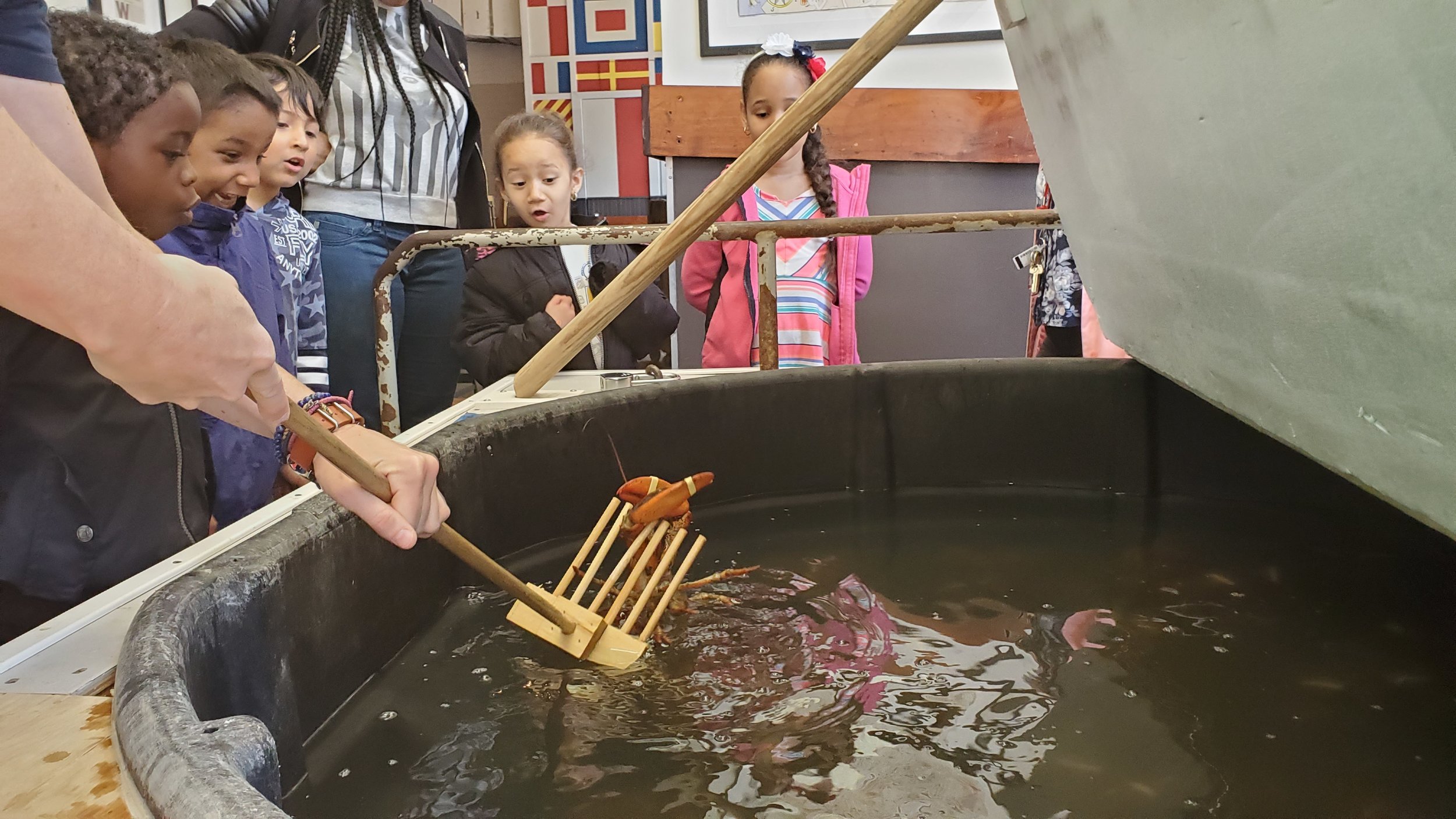
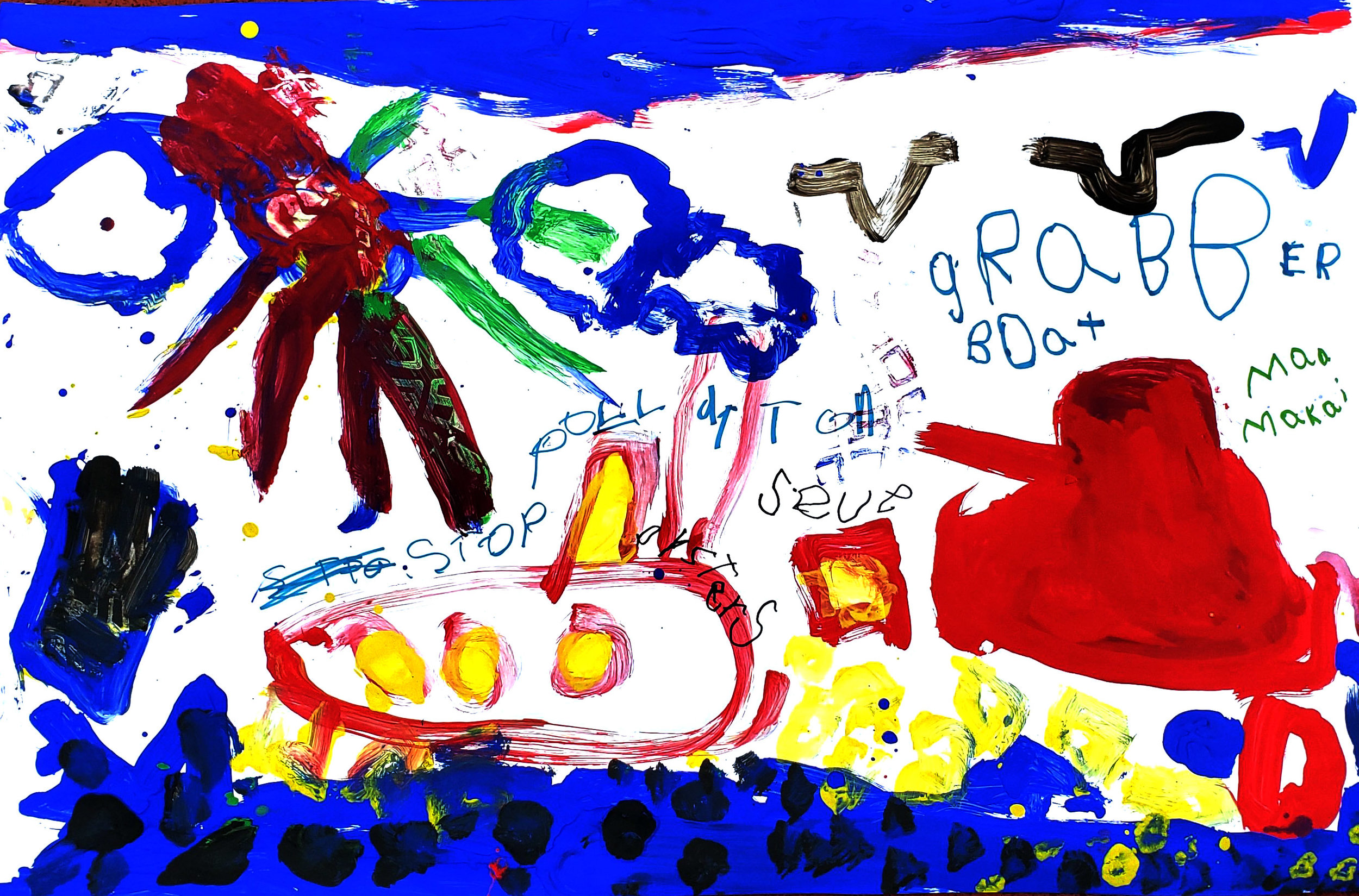
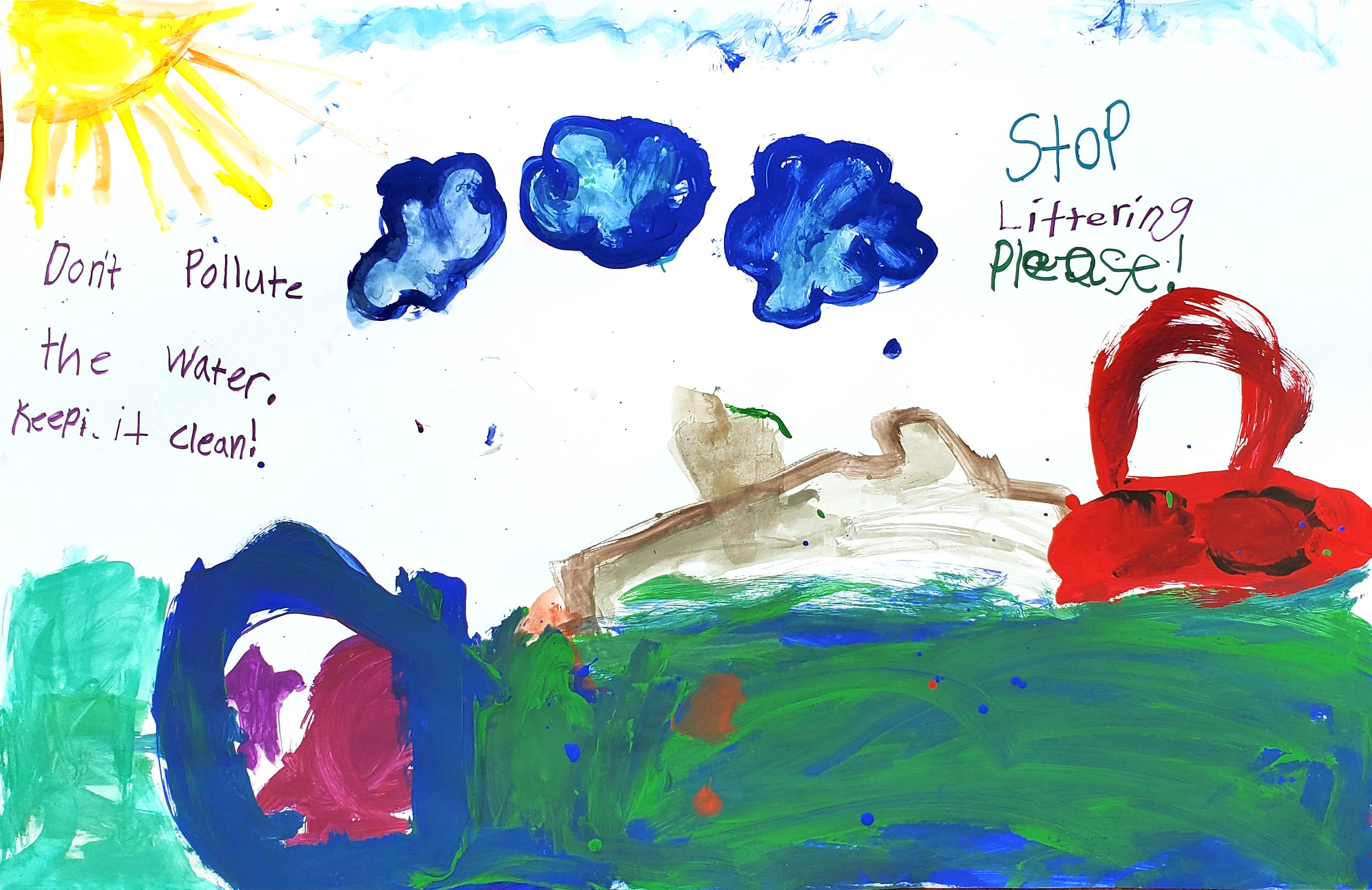
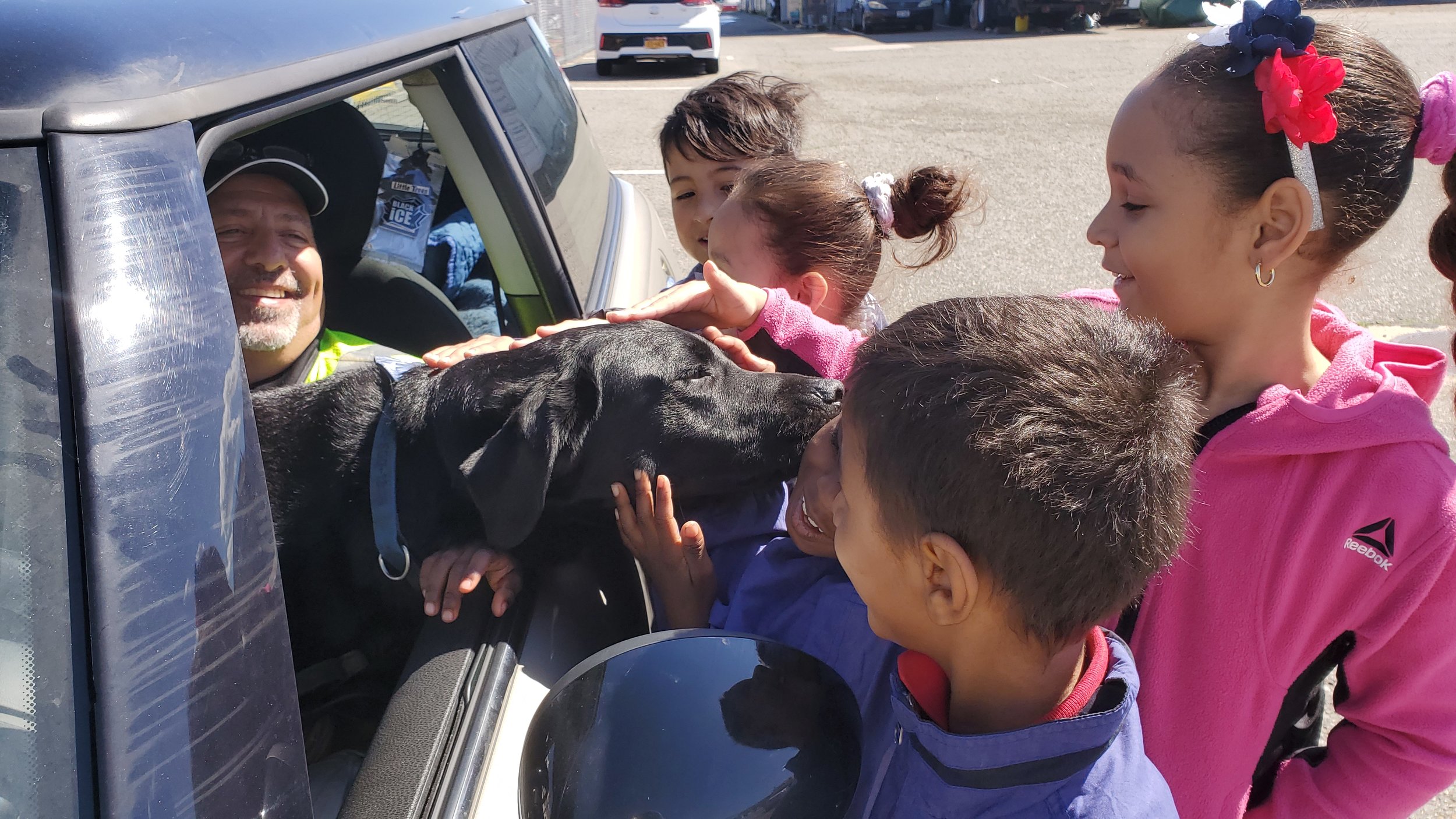
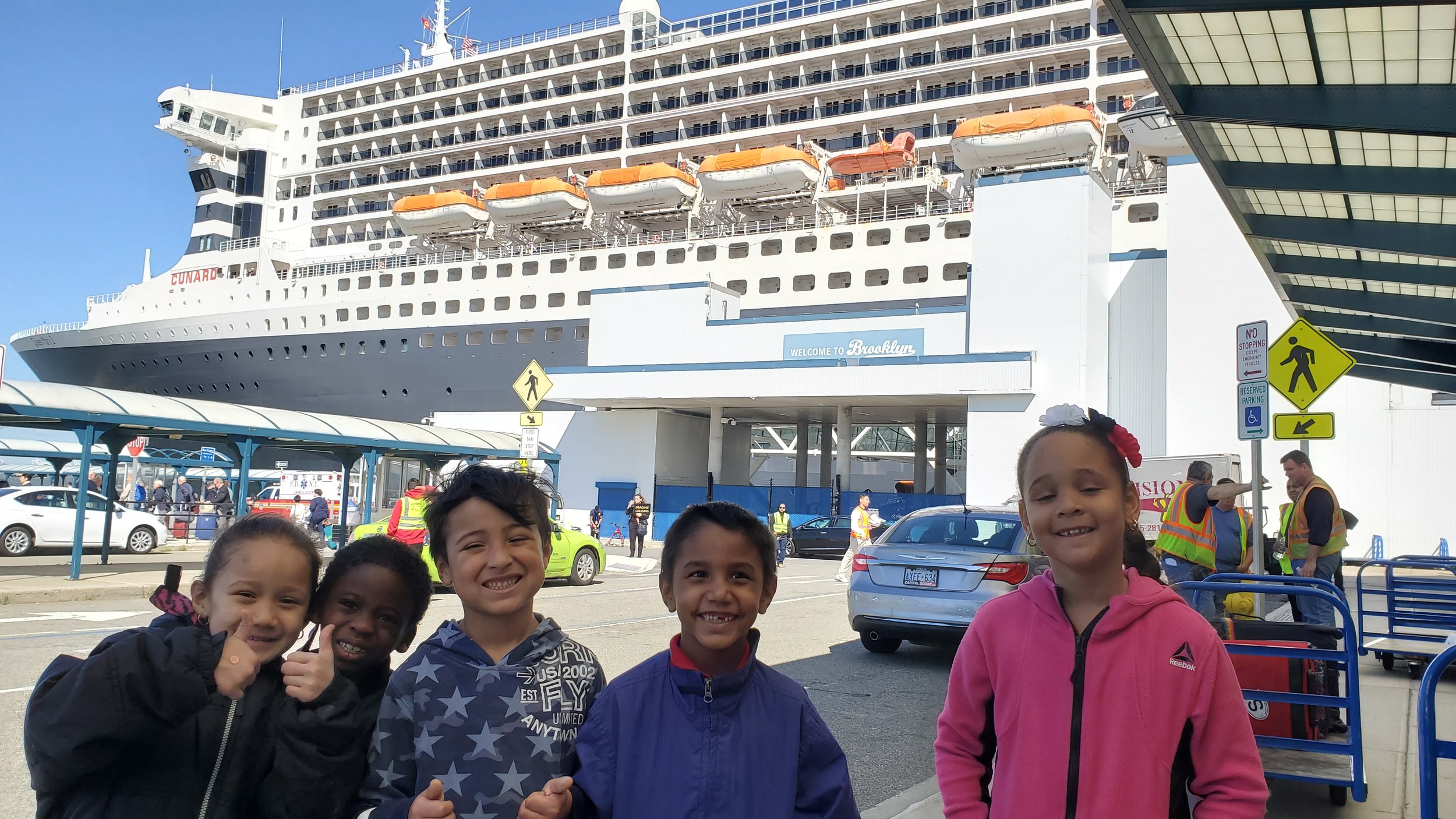
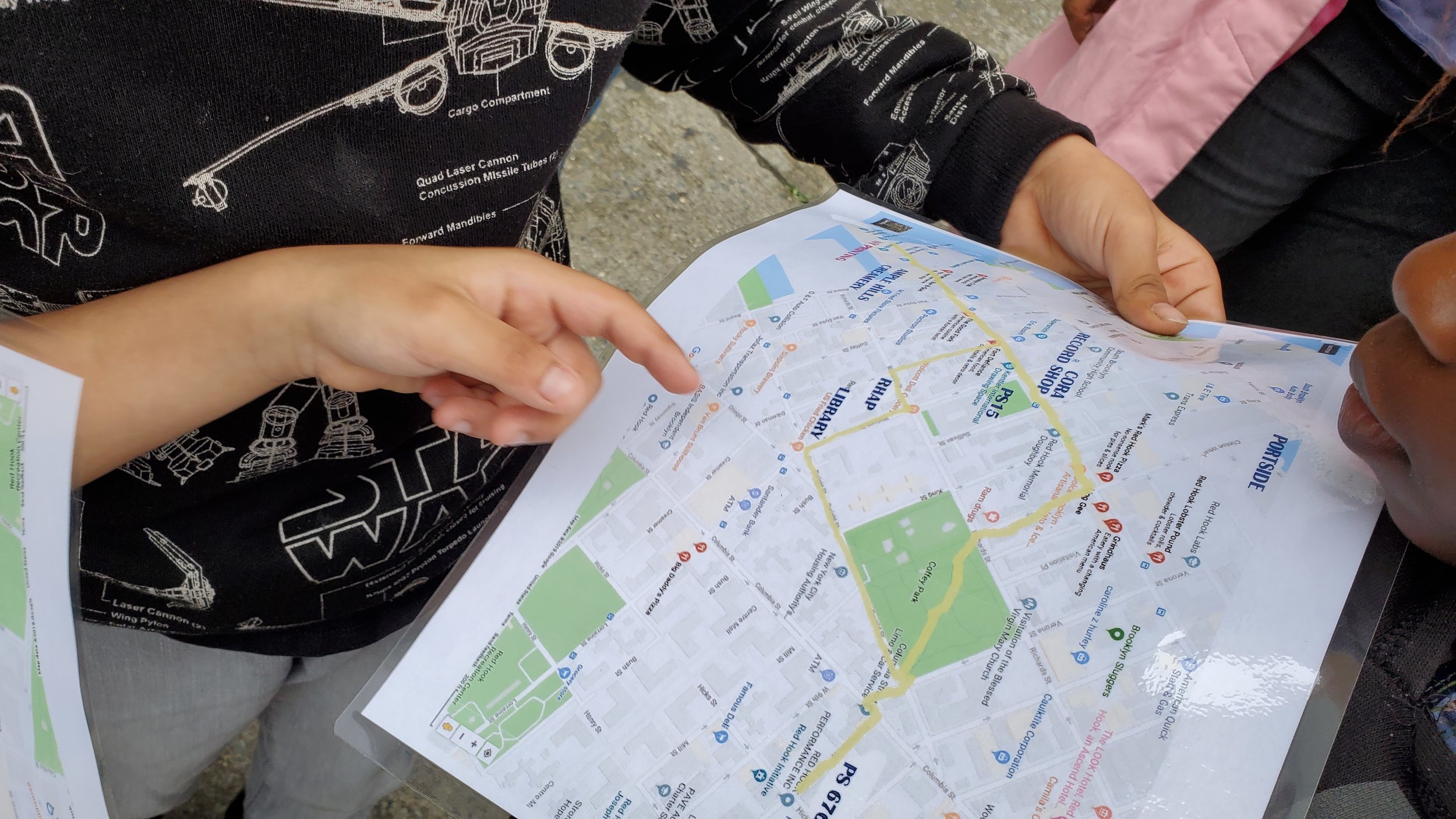
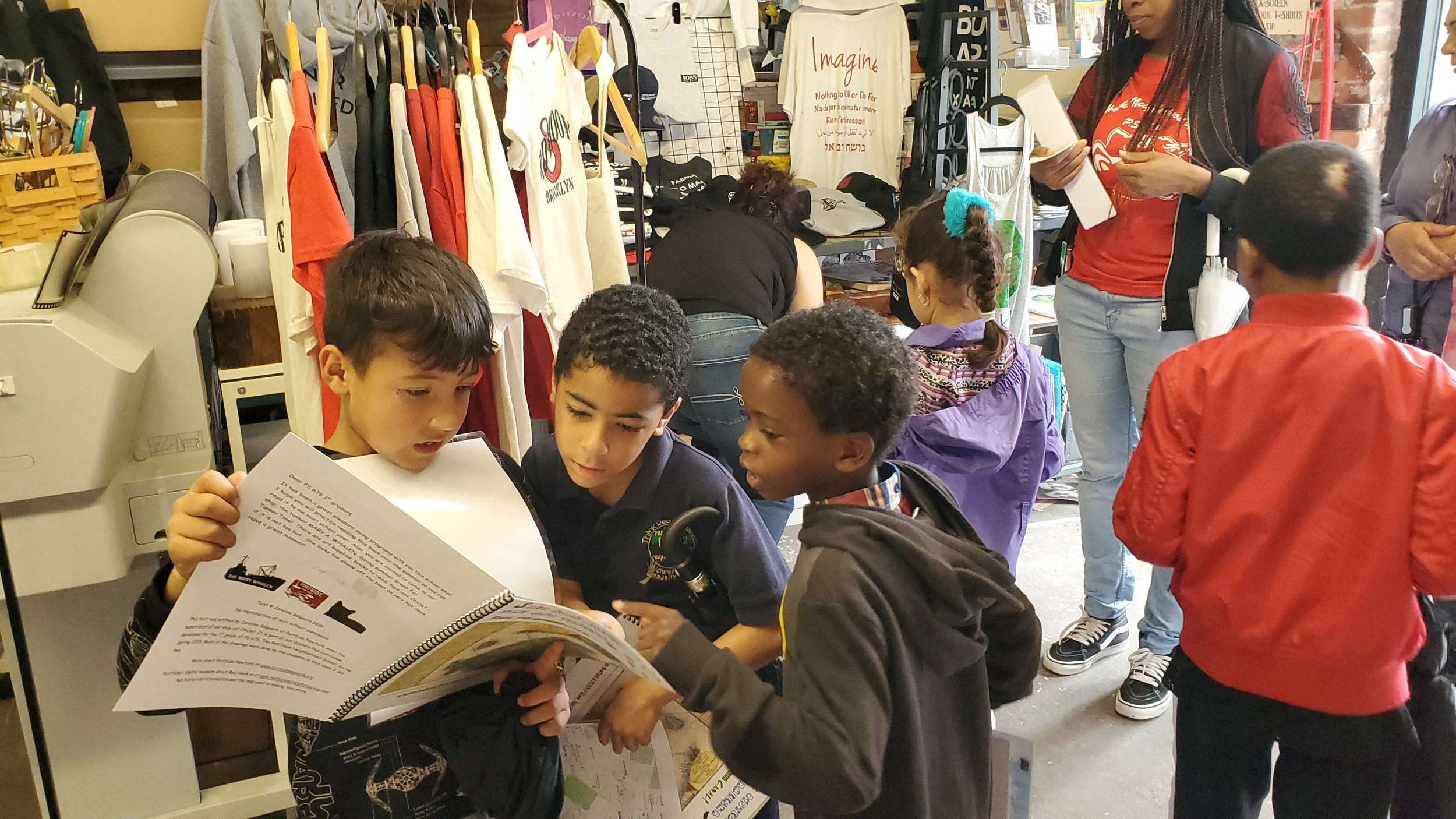
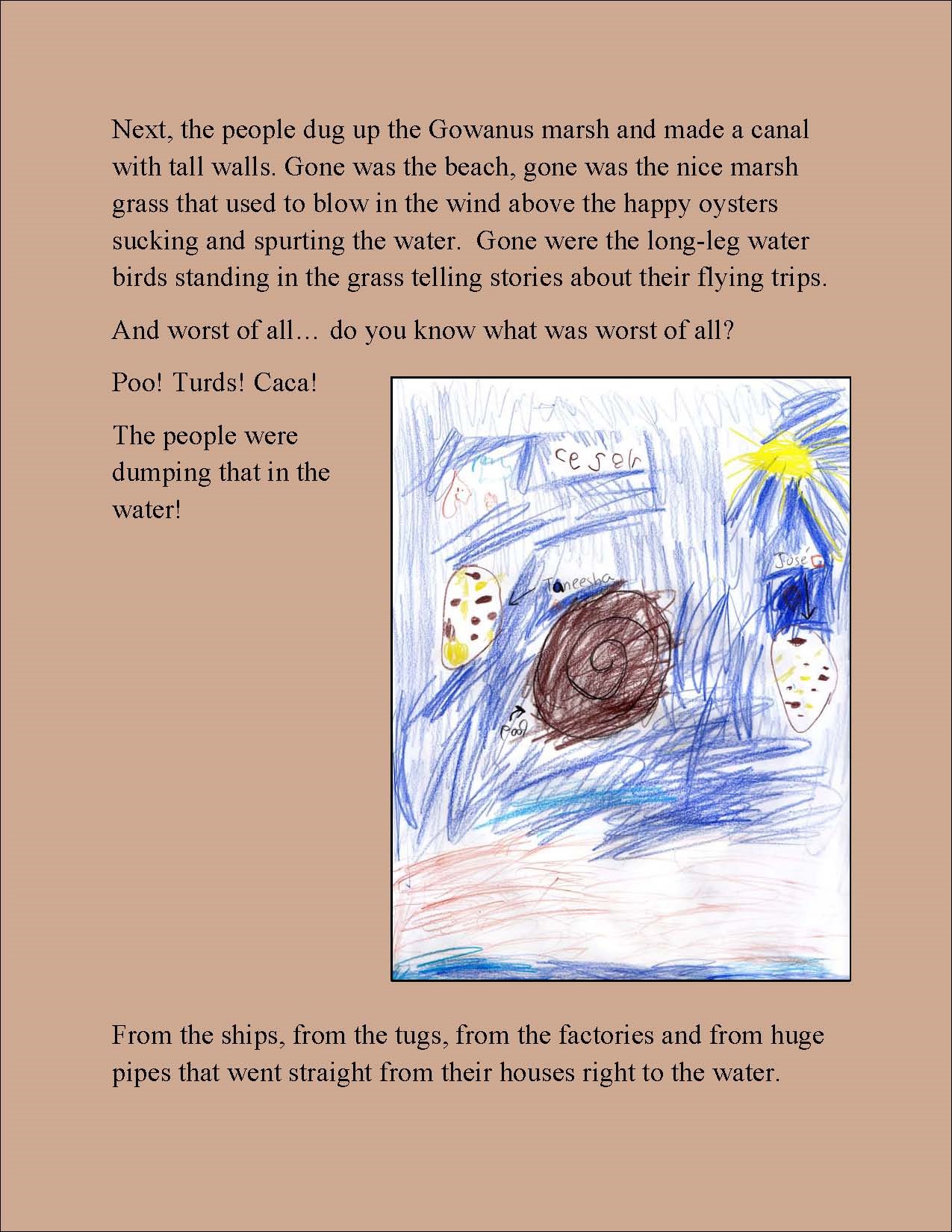
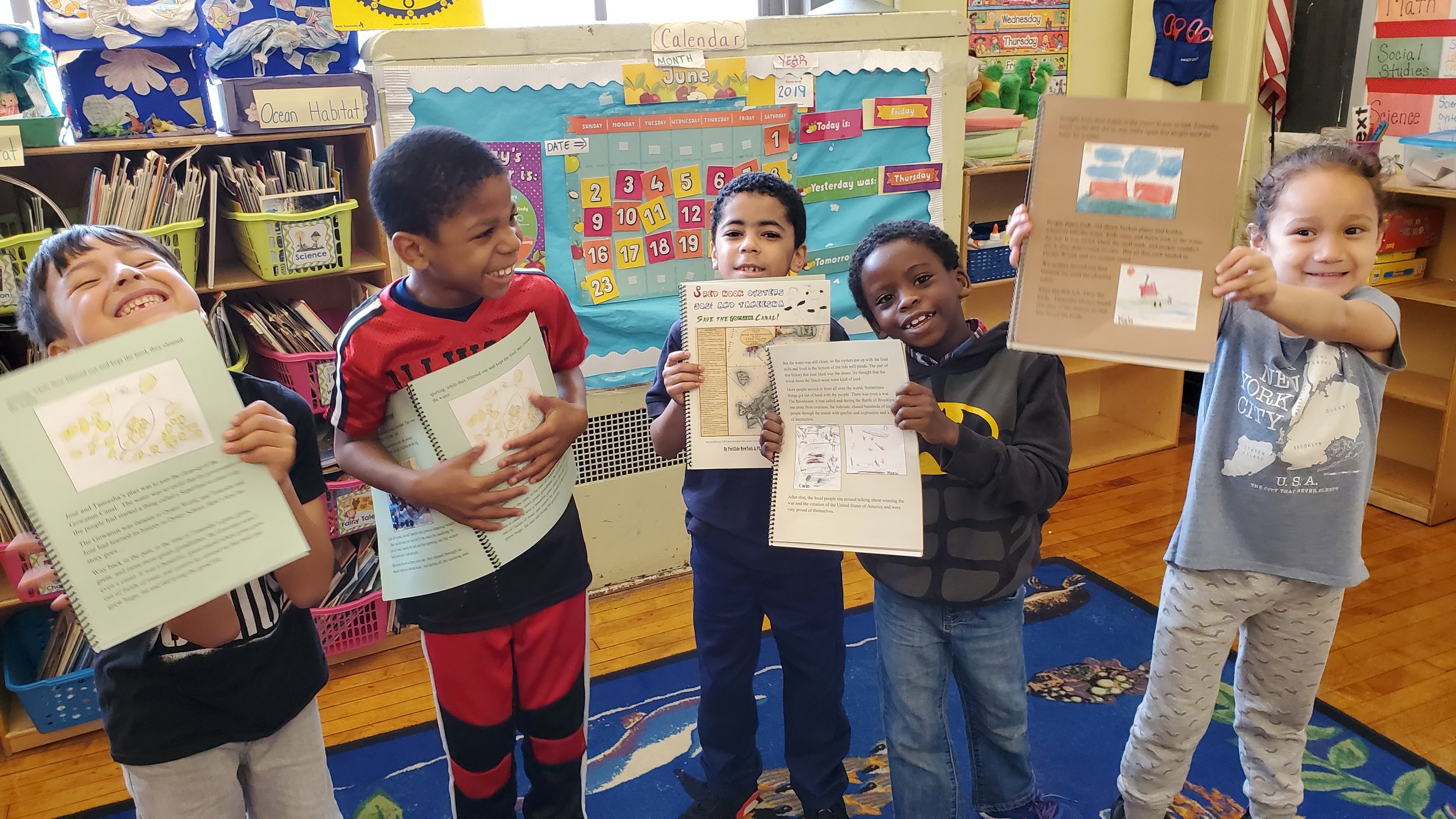
For the walk to NY Printing, we created a map so students could experience using maps (that’s reading related to place) and receive our laminated guide to Red Hook sites for kids (nonprofits, art galleries, parks, playgrounds, etc). Each student also gets a copy of the oyster book, and copies go to the local public library and the school.
Music
PS 676’s music teacher Mr. Siringo was exposing students to the idea of ambient sound as music, so after talking with him, we created a music discovery experience for the 2nd grade with a “Tanker Gamelan.” When the students hit marine hardware with metal rods, they made beautiful tones, and their jam turned into a rendition of Jingle Bells (this was soon after Christmas). You can hear them here and here.
Career Day
PS 676 held their first career day in the spring with a diverse array of professions represented. Our Executive Director Carolina Salguero showed a powerpoint about her two careers (globe-trotting photojournalist; PortSide founder). That afternoon at PortSide, one girl made a painting based on a photo of Carolina rowing that was in the powerpoint. The impact of career day was immediately visible; girls can do these things.
Community spirit
In December, the Principal’s Council came to our ship MARY A. WHALEN to make holiday decorations.
We hung these inside our ship so that attendees of the Red Hook business holiday party would see them and become more aware of the school. We also spoke about PS 676 during our remarks as an effort to better connect the school to the Red Hook community and steer resources to the school.
Tall ship sail to the Statue of Liberty
PortSide proposed an educational field trip and end-of-school bonding experience for PS 676, a harbor sail on the tall ship CLIPPER CITY for the whole school.
Thank you Manhattan by Sail for donating that sail!
Students and staff from Summit Academy, another PortSide partner in the same building as PS 676, joined us on this trip. We sailed to the Statue of Liberty, around Governors Island and back.
We plan to make this CLIPPER CITY sail an annual tradition with PS 676. For most students at PS 676 last year, PortSide provided their first boat experiences – first on our tanker MARY A. WHALEN at the dock and then sailing on this tall ship which introduces them to NYC as a harbor and archipelago.
Students got to steer the ship and help raise sail (which provides an empowering sense of mastery on a big ship), learn about the different kind of ships we passed (containership, tugs, barges, ferries, etc.) and have the uplifting joy of sailing for an hour and a half. The harbor is NYC’s largest open space and boating is a great way to feel “away from it all” as soon as you leave the dock.
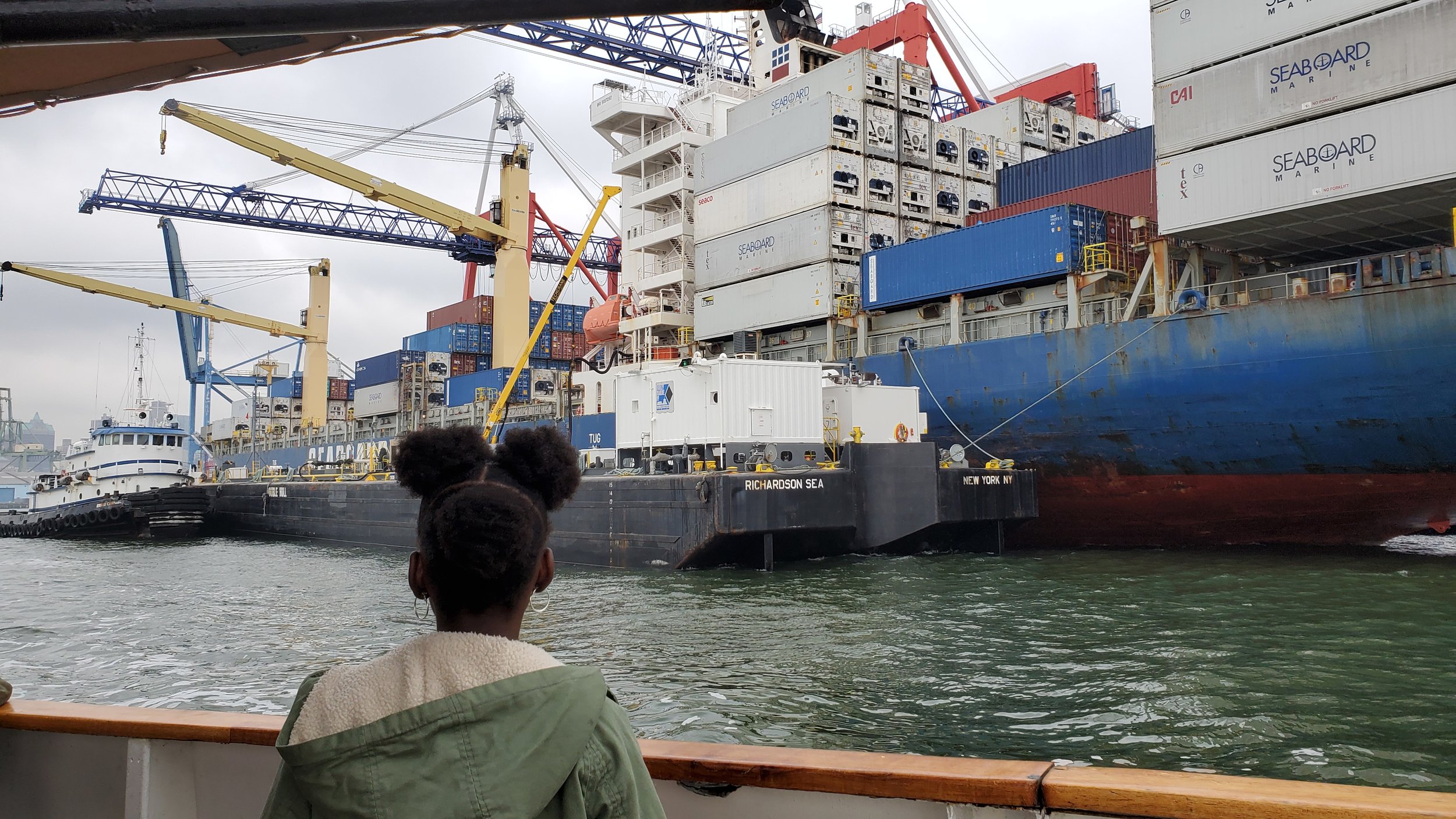
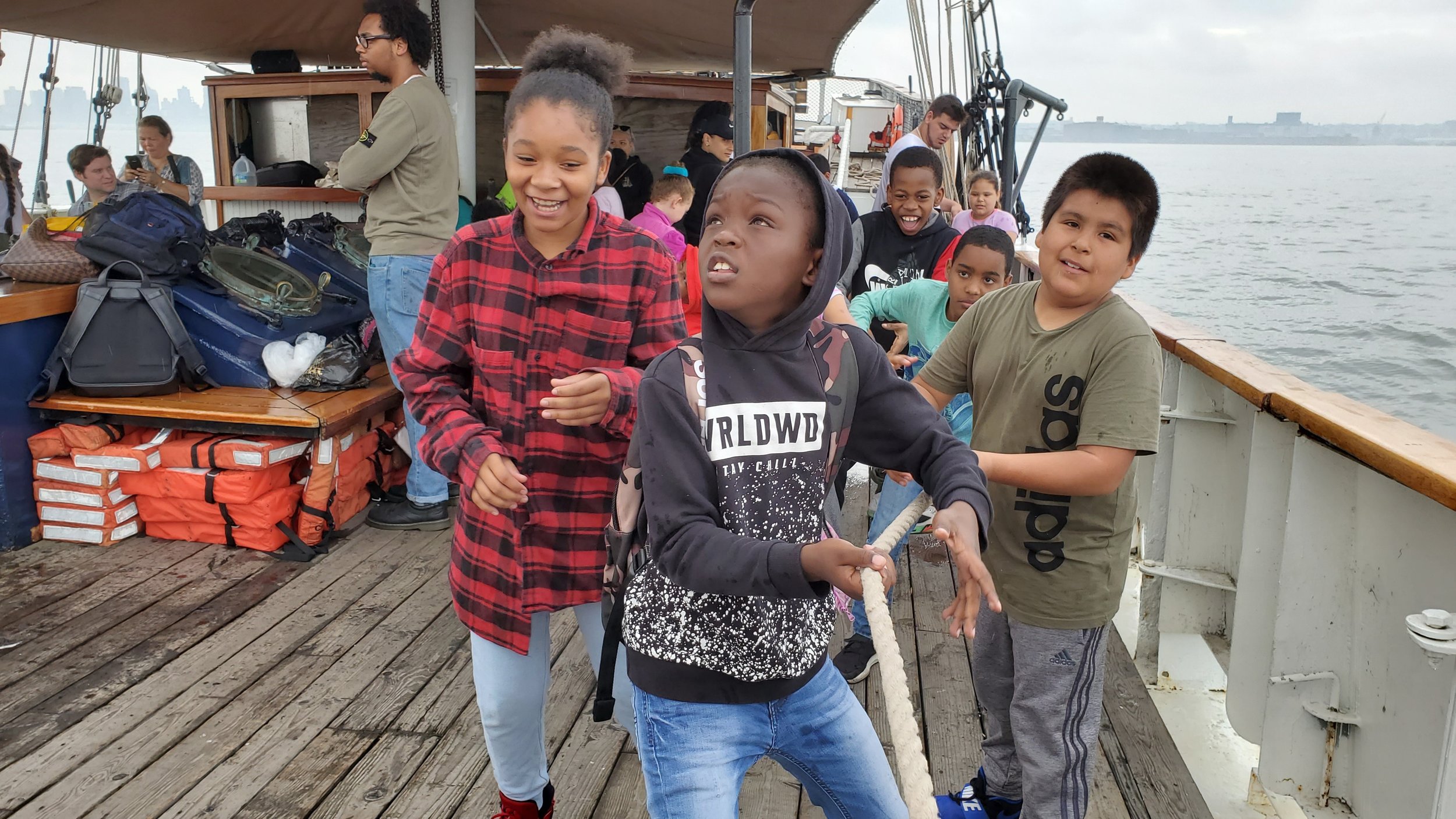
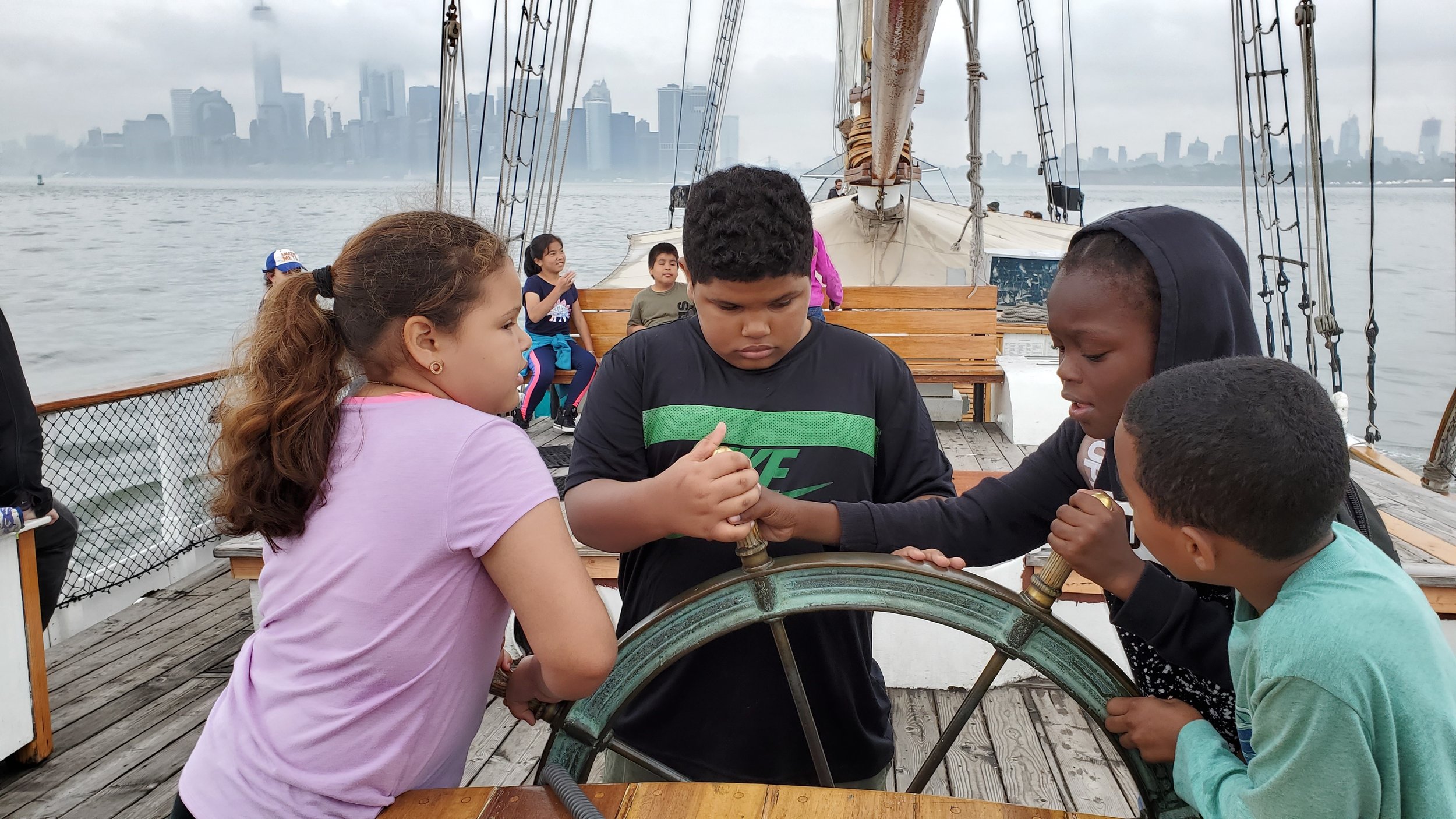
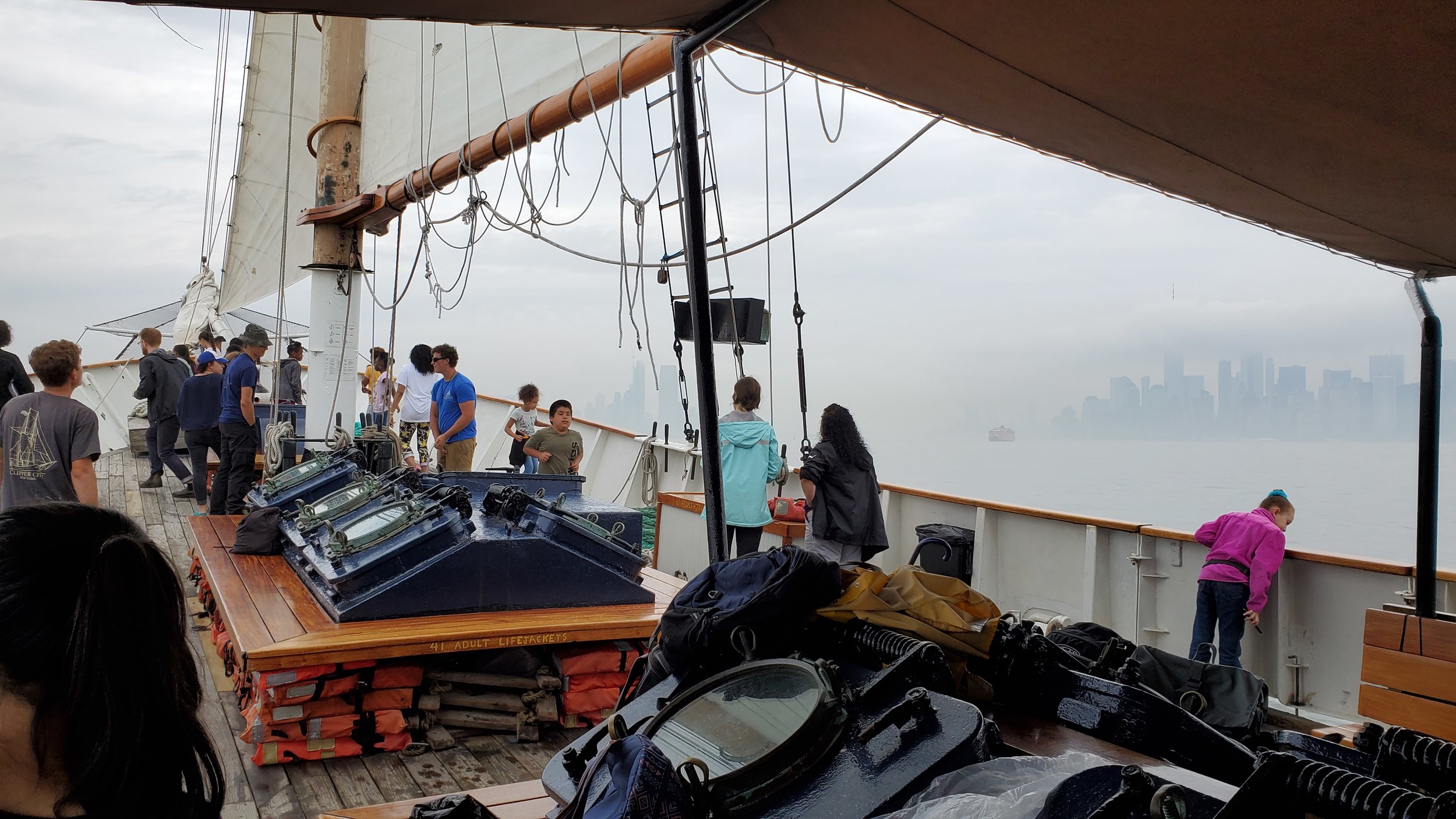
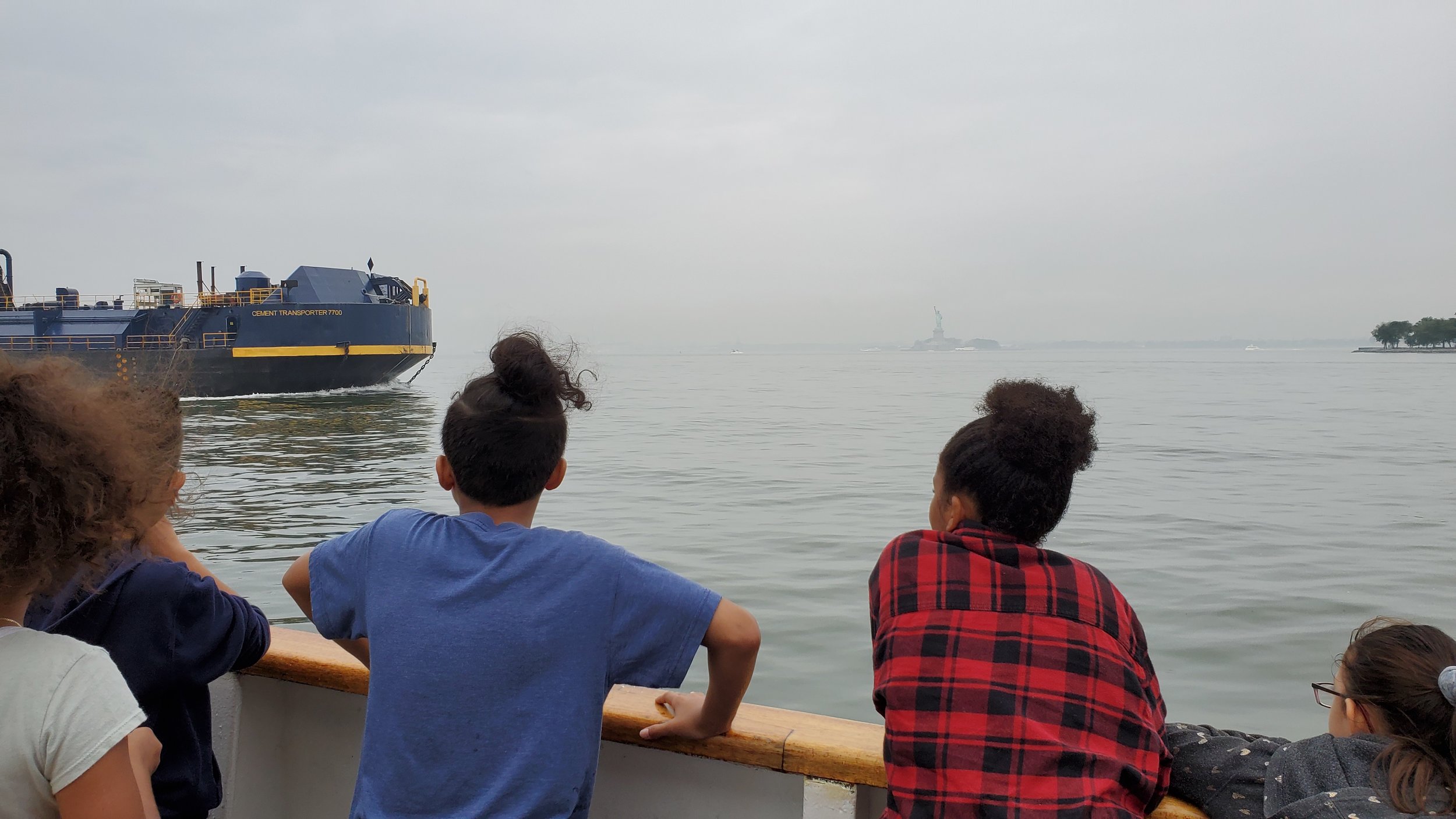
Ship cat Chiclet
All the students love seeing our ship cat Chiclet when they visit the MARY A. WHALEN. The feeling is mutual; Chiclet has a thing for the 1st grade and walks across the parking lot to meet them after they’ve read their welcome message on our chalkboard.
We asked Chiclet to write a memoir to cheer up a student who was having a hard time; and then, with that student’s permission, we used the story to teach reading to the 1st grade. Their love of Chiclet drew them into the story and helps them learn to read.
We hope to publish an updated version of Chiclet’s memoir to make this available to the public.
How you can help
There are lots of ways to help PortSide help these students.
Donate to PortSide to cover salaries and the high costs of insuring and maintaining our 172’ historic ship MARY A. WHALEN.
Join our team as a member of the board and fundraising committee.
Do you have port captain or marine purchasing agent experience to help us source stuff for the MARY A. WHALEN?
Do you have a marine business, nonprofit, research project, boat, and are you willing to provide access for a field trip?
Do you write, illustrate or do animation for children; and if you do, can you partner with us for a program on the MARY, ast the school or can classes visit your studio?
Can you get comps to museums and cultural experiences for this school? Thanks to those we approached and who helped with this already (The Museum Barge in Red Hook and Regina Opera).
Last of all, please share this post far and wide to get the word out. Thanks for your support!
The programs above were funded in part by:
The New York City Department of Cultural Affairs thanks to the support of our Councilman Carlos Menchaca.
Hughes Marine
O’Connell Family Foundation
Red Hook Container Terminal
Individual donors
Our enthusiastic volunteers who helped in many ways










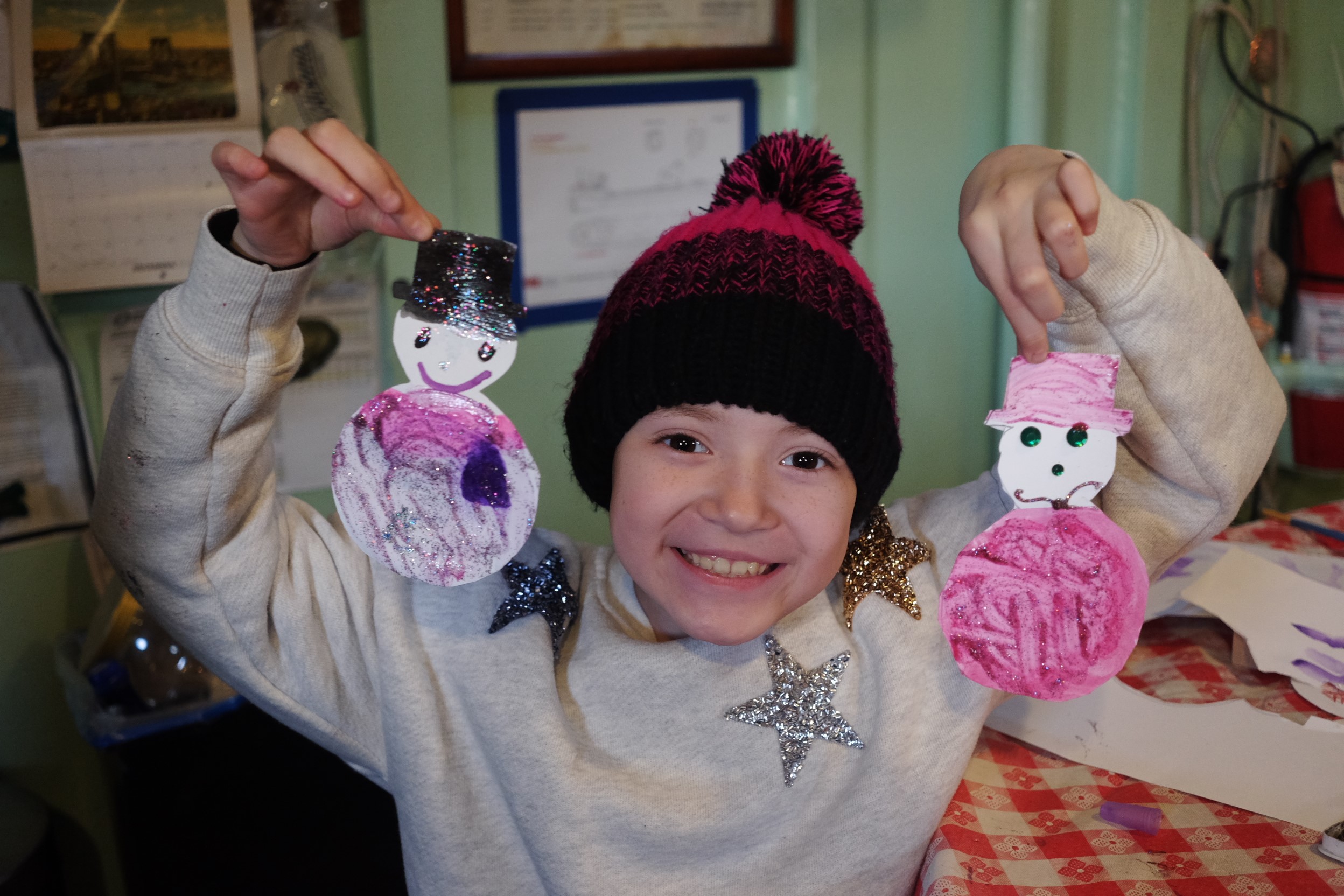
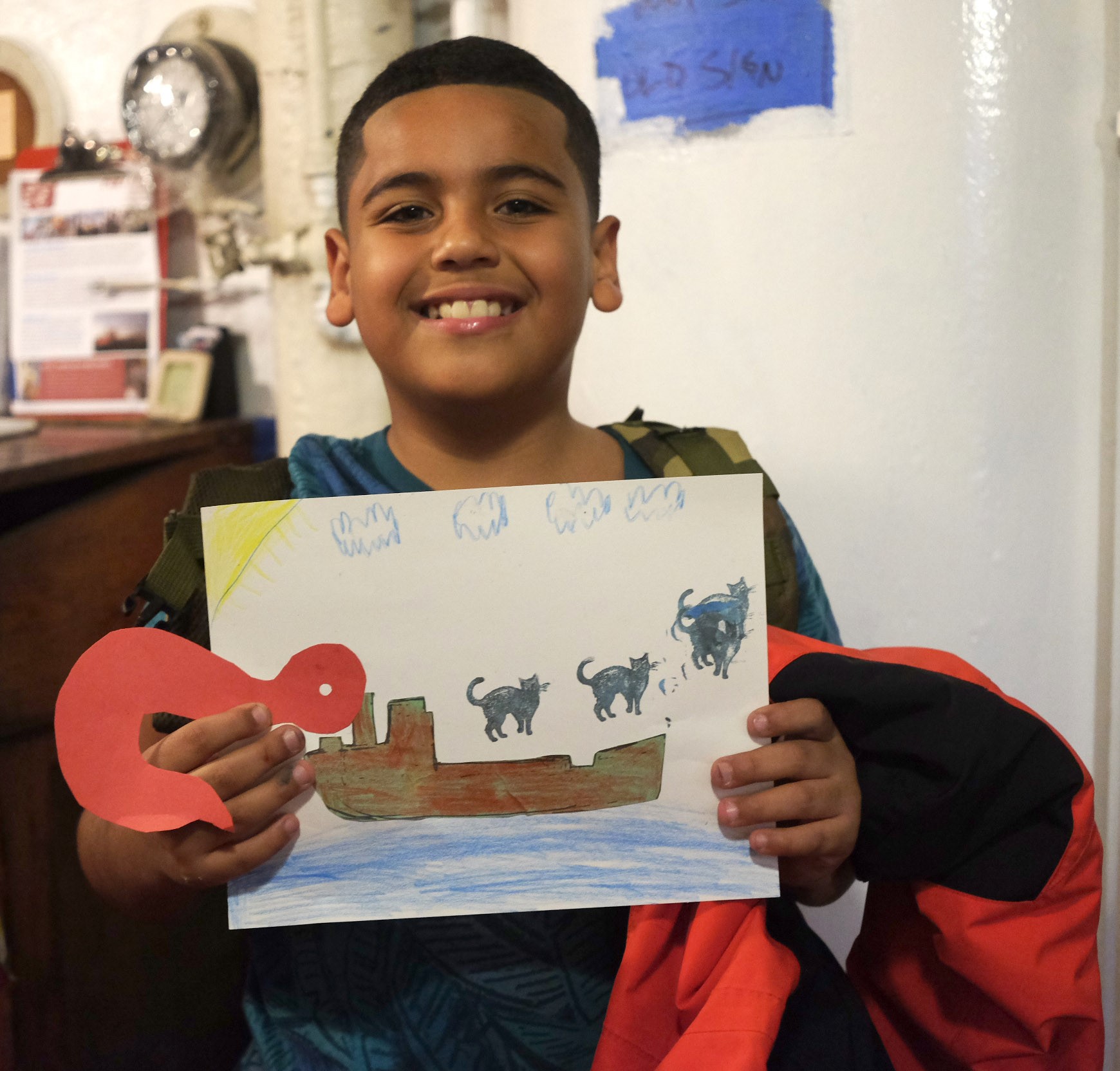









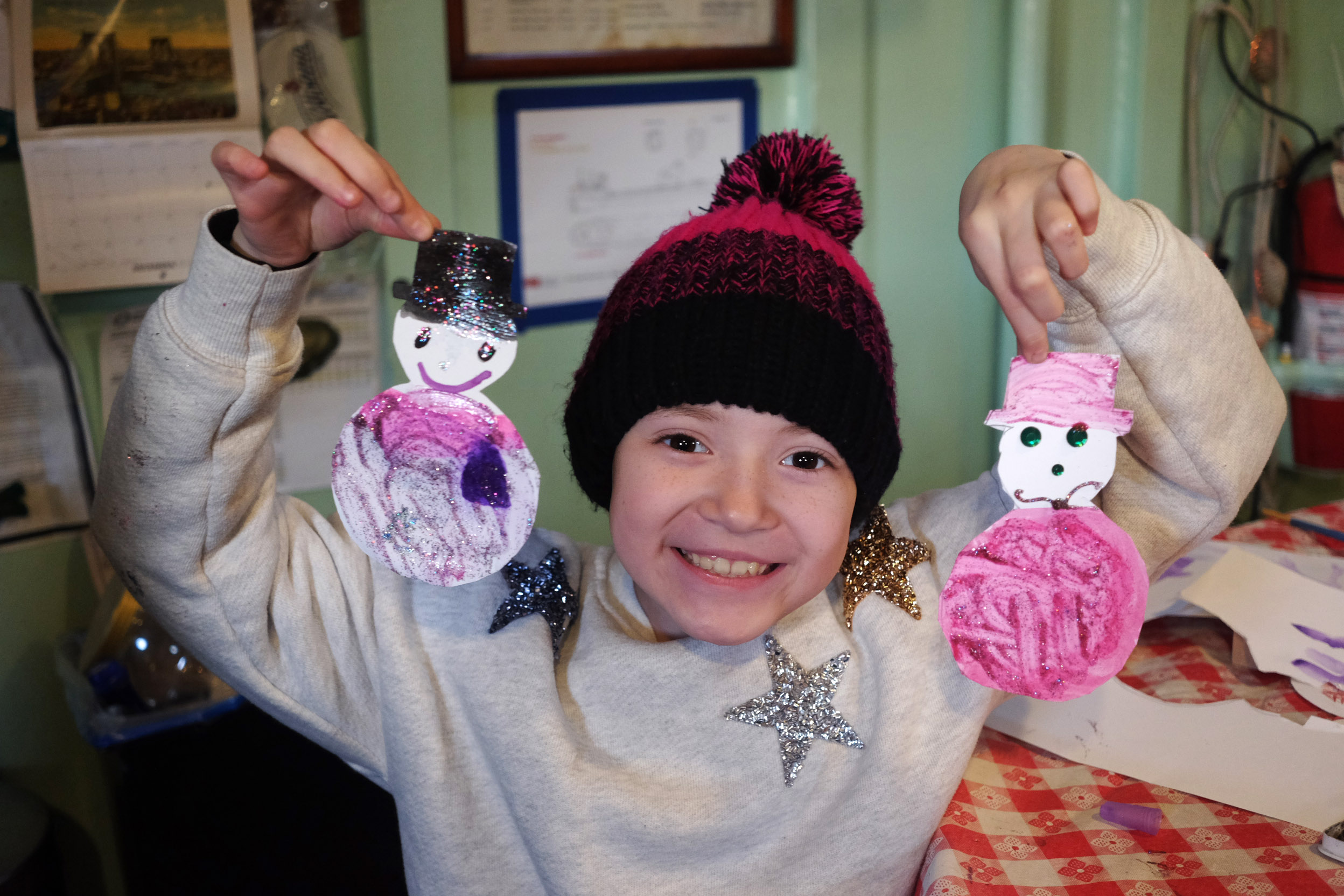

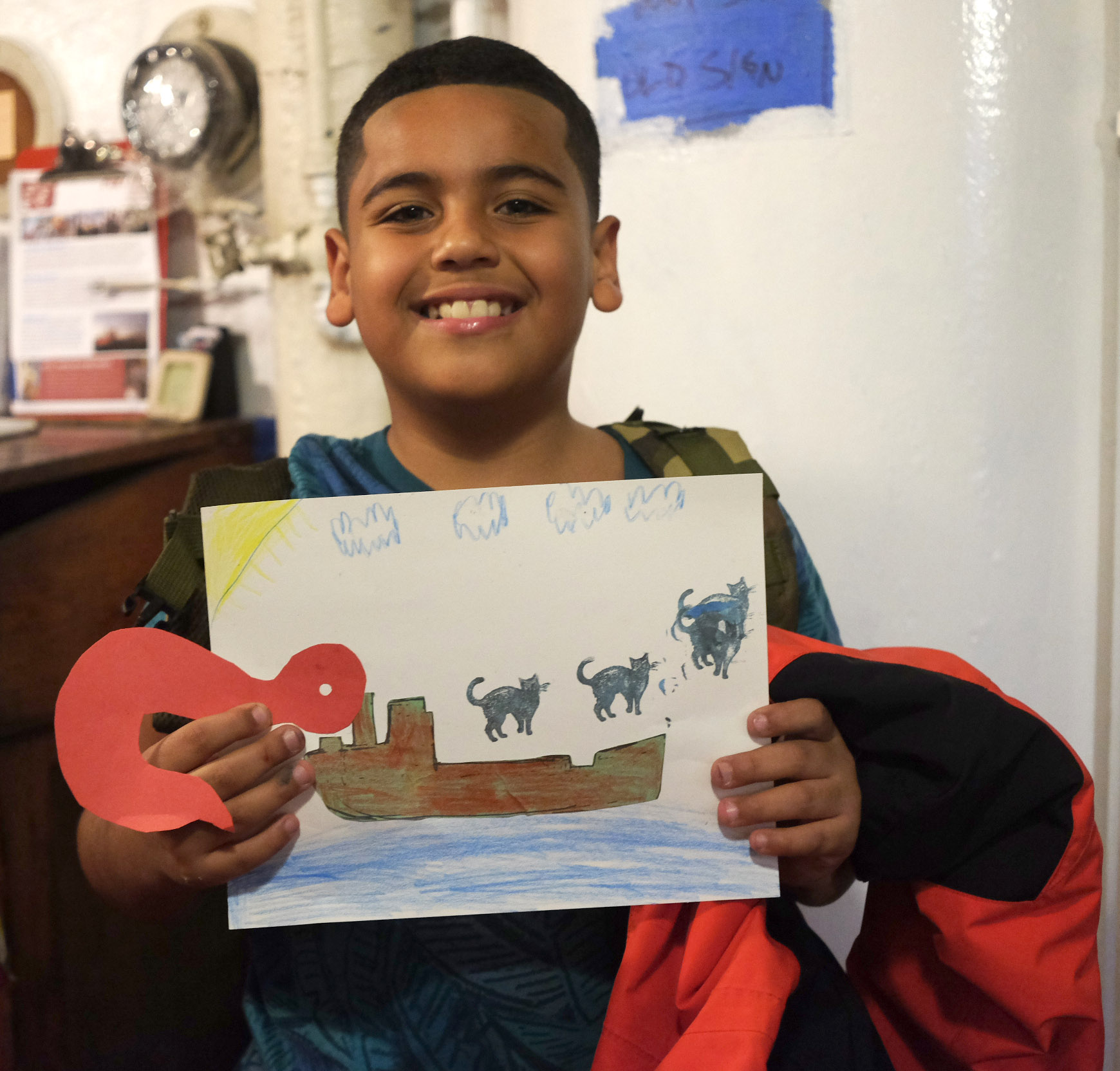

![NYC+DCA-with+caption[1].jpg](https://images.squarespace-cdn.com/content/v1/50dcbaa5e4b00220dc74e81f/1565286469479-UZB1XYB0VCBRZDQW86B9/NYC%2BDCA-with%2Bcaption%5B1%5D.jpg)